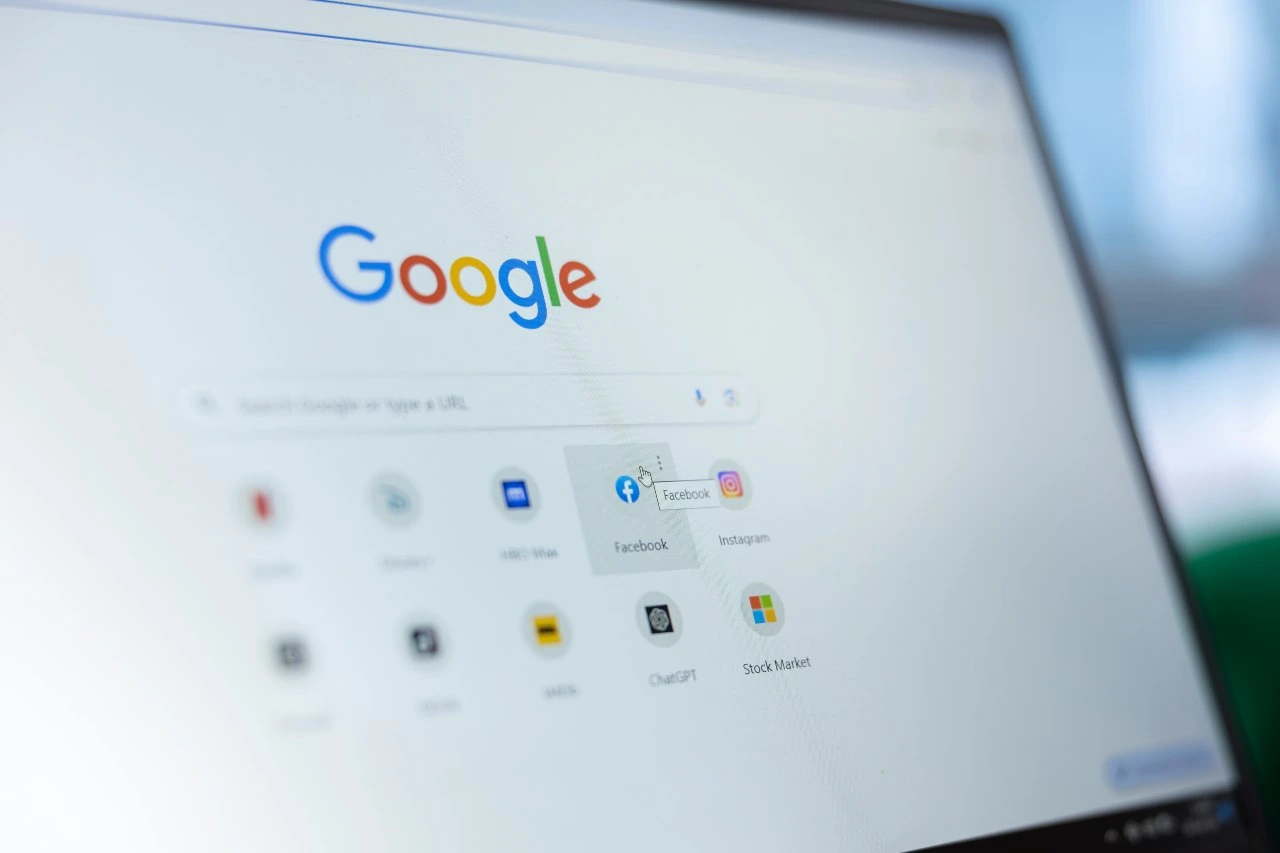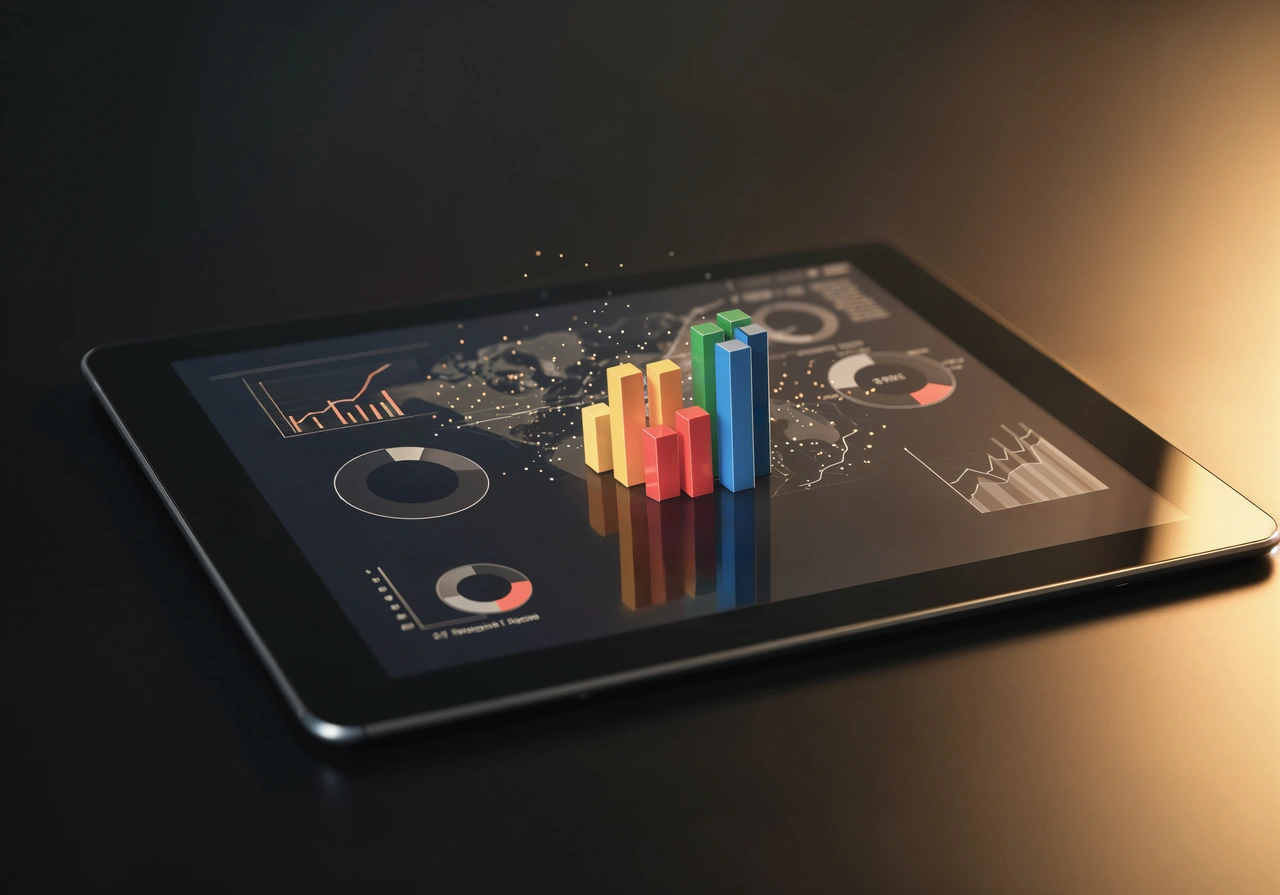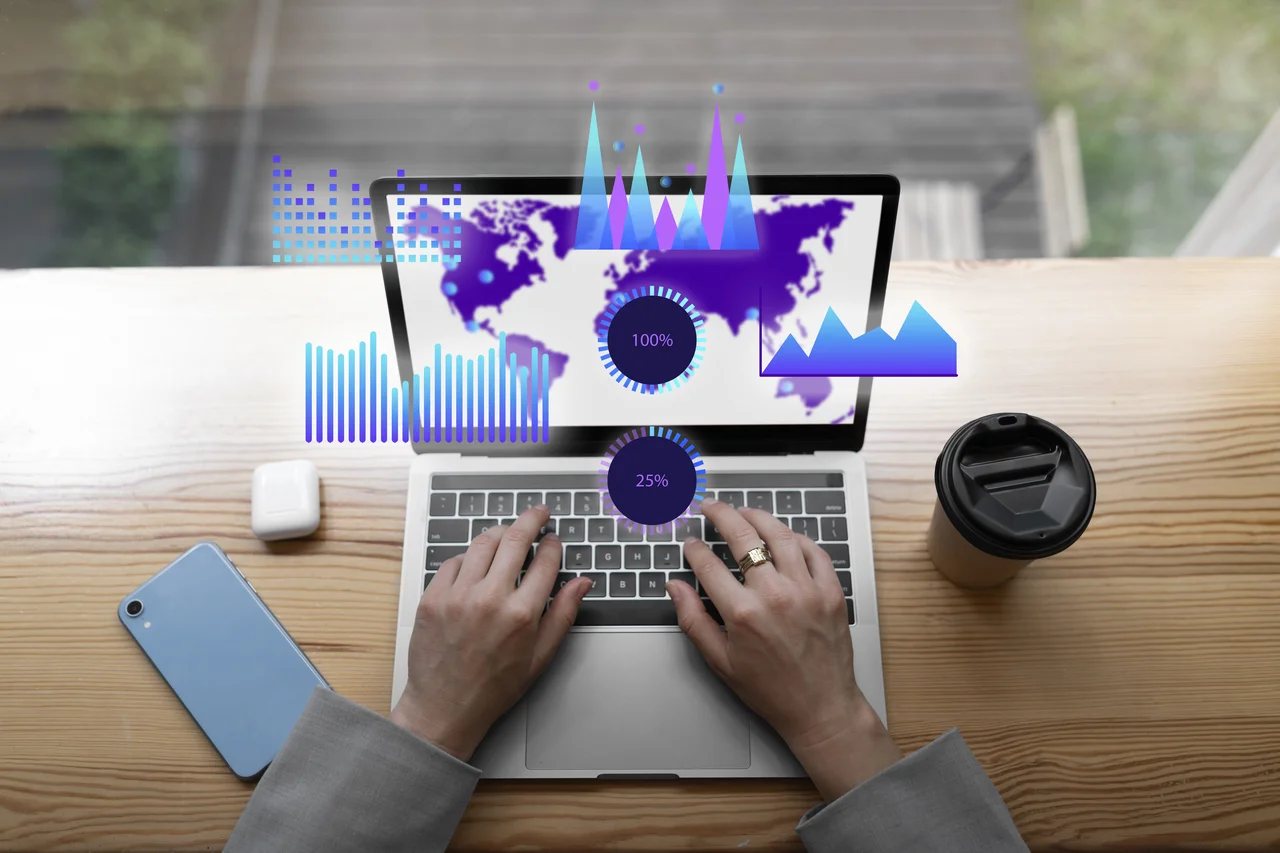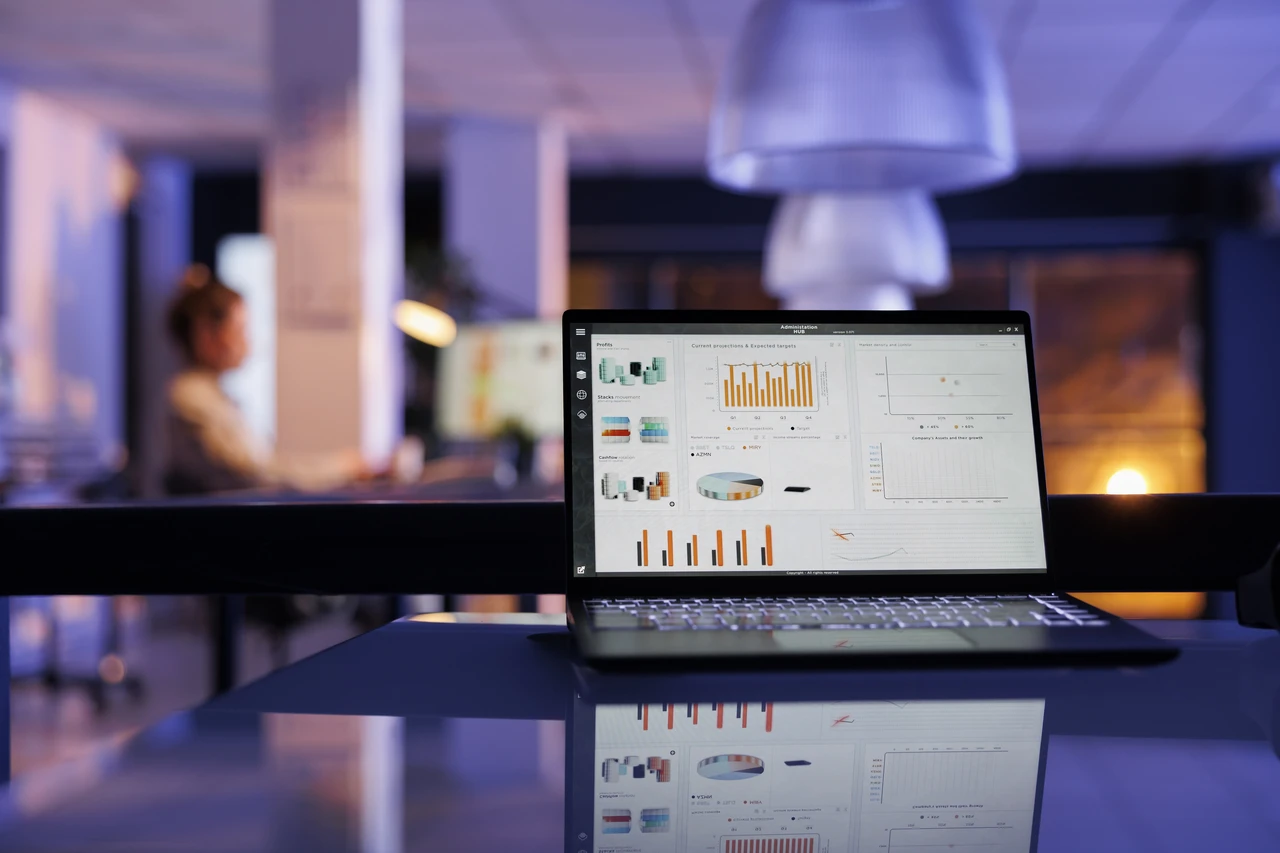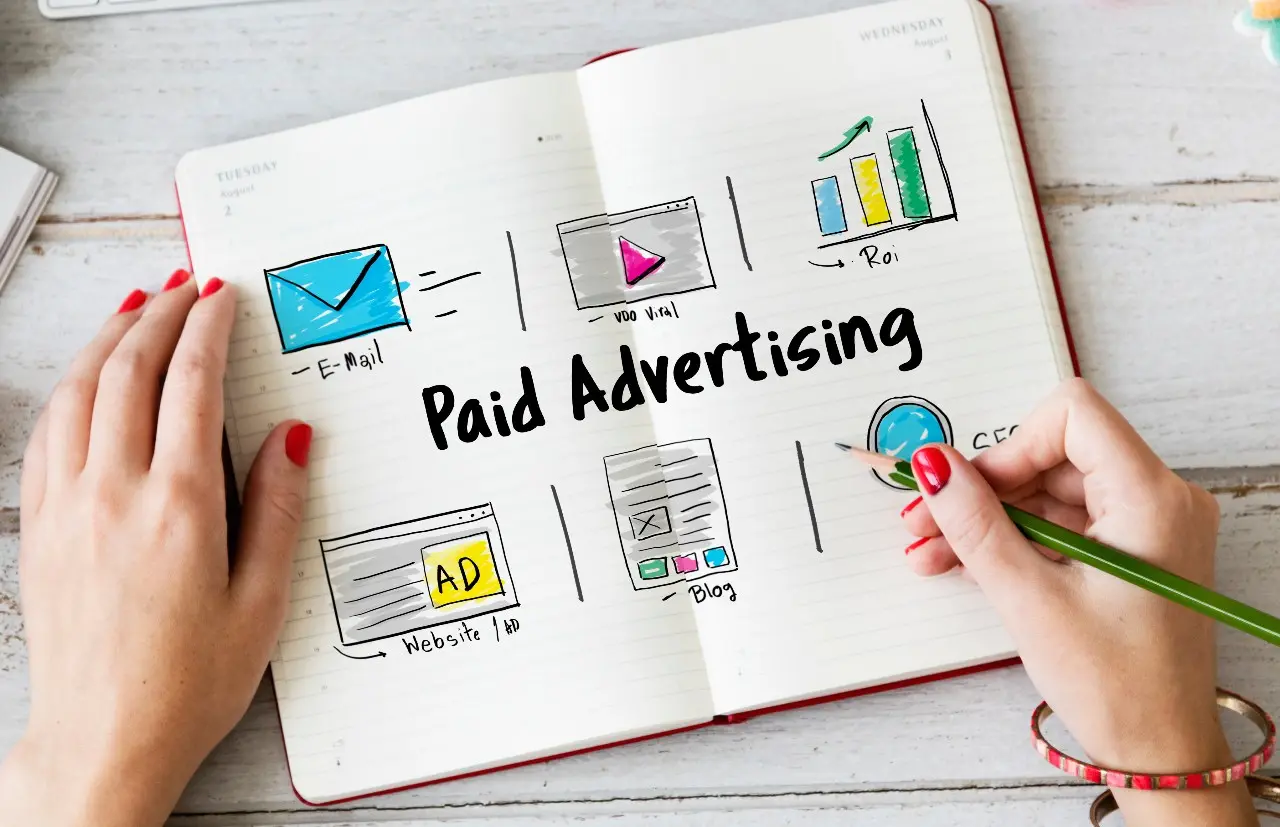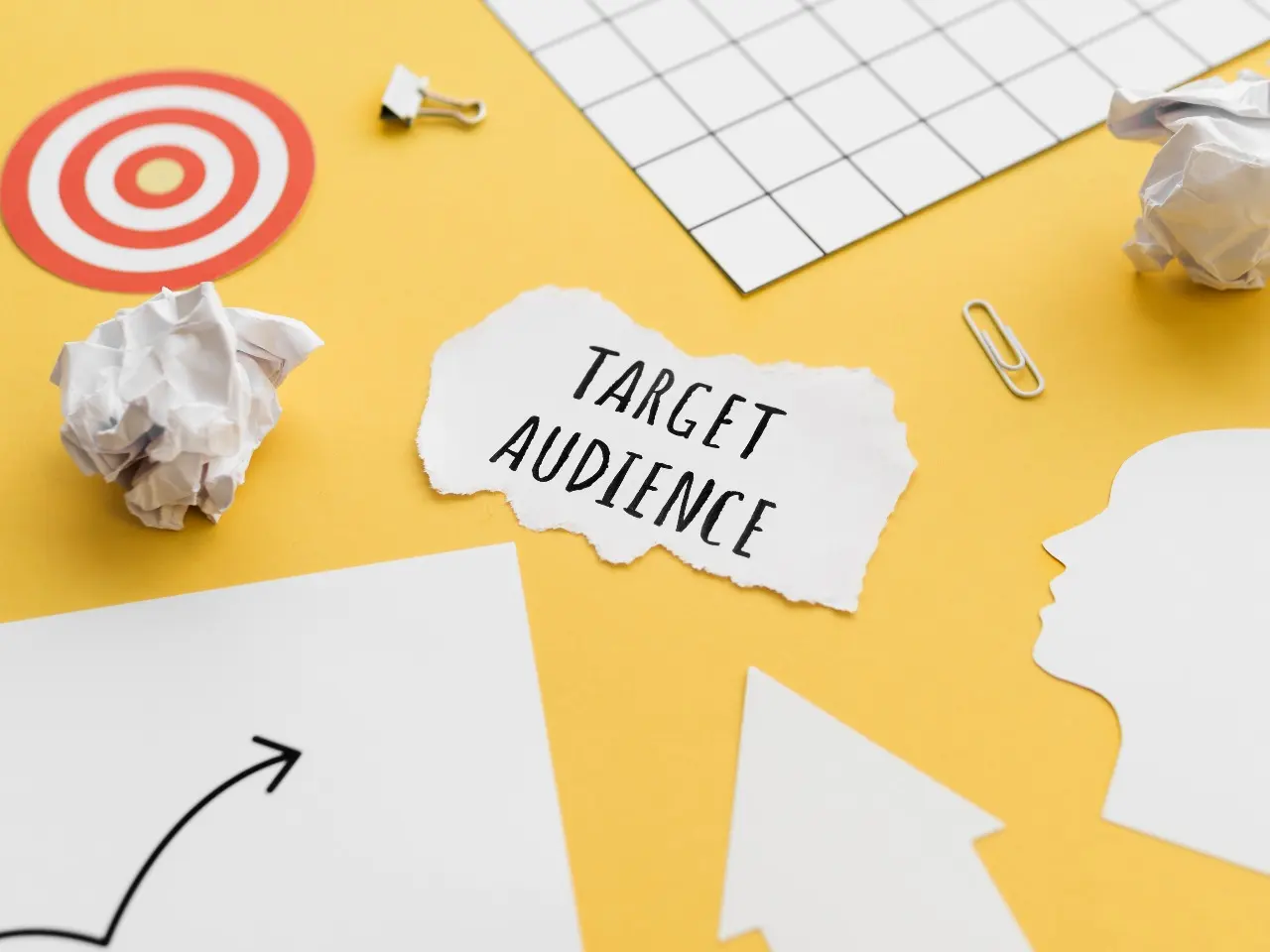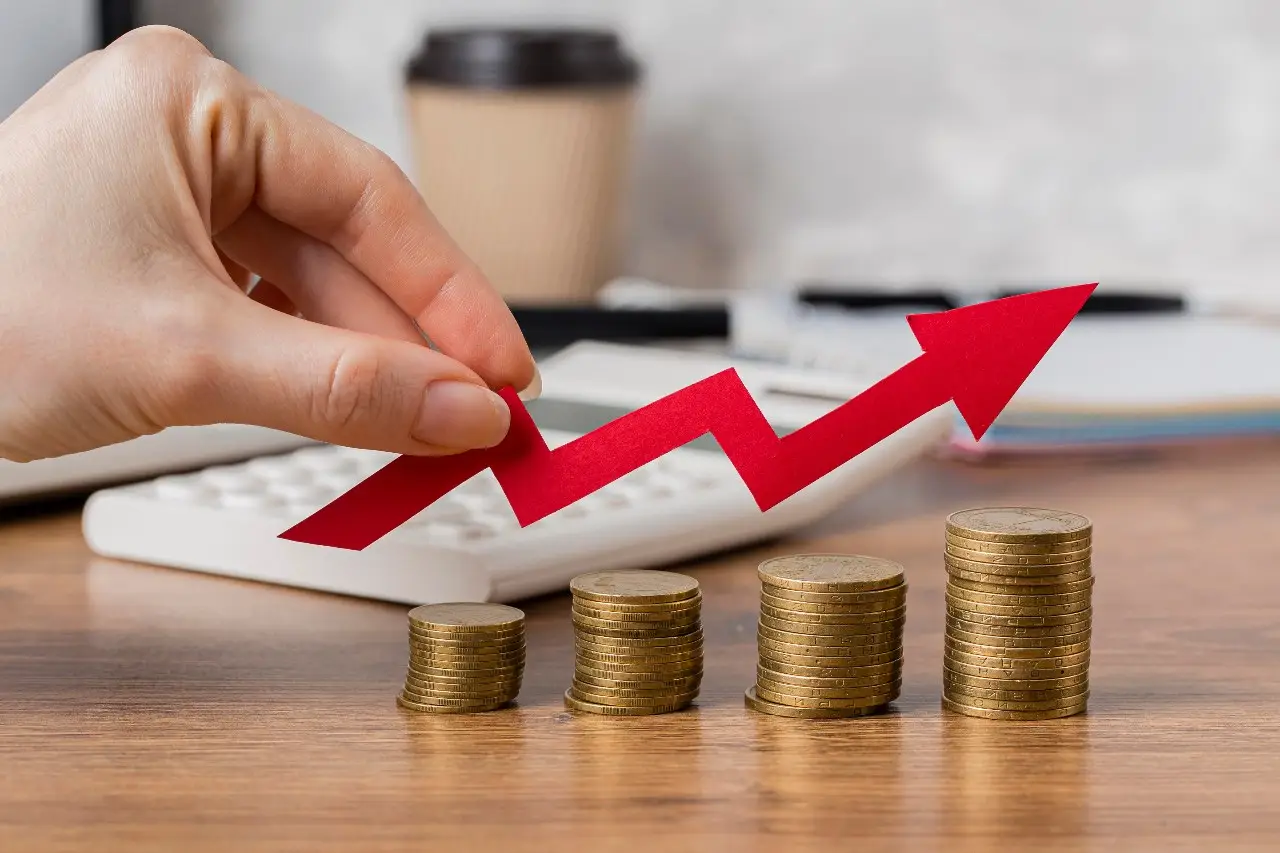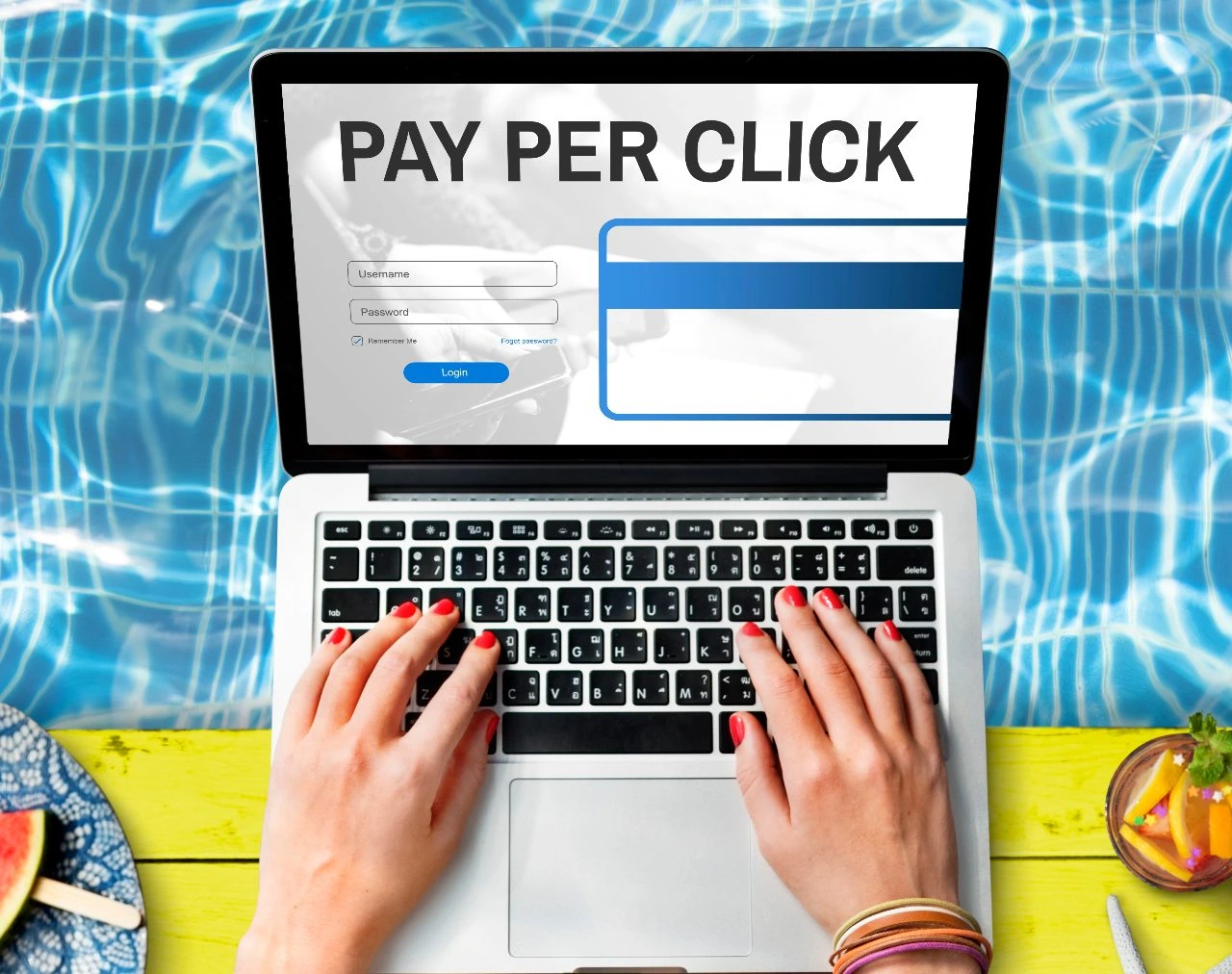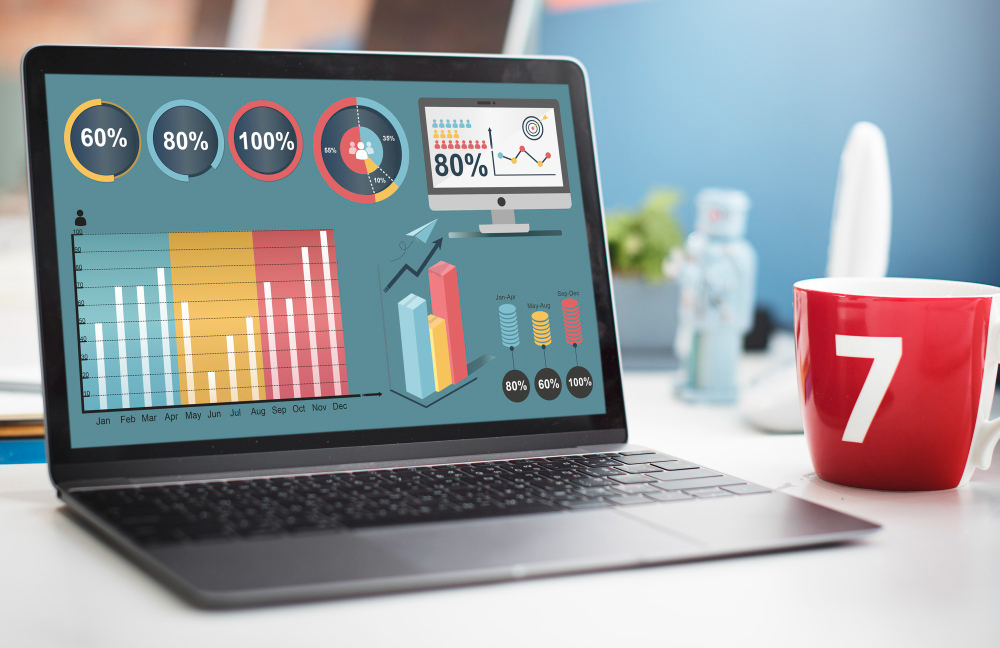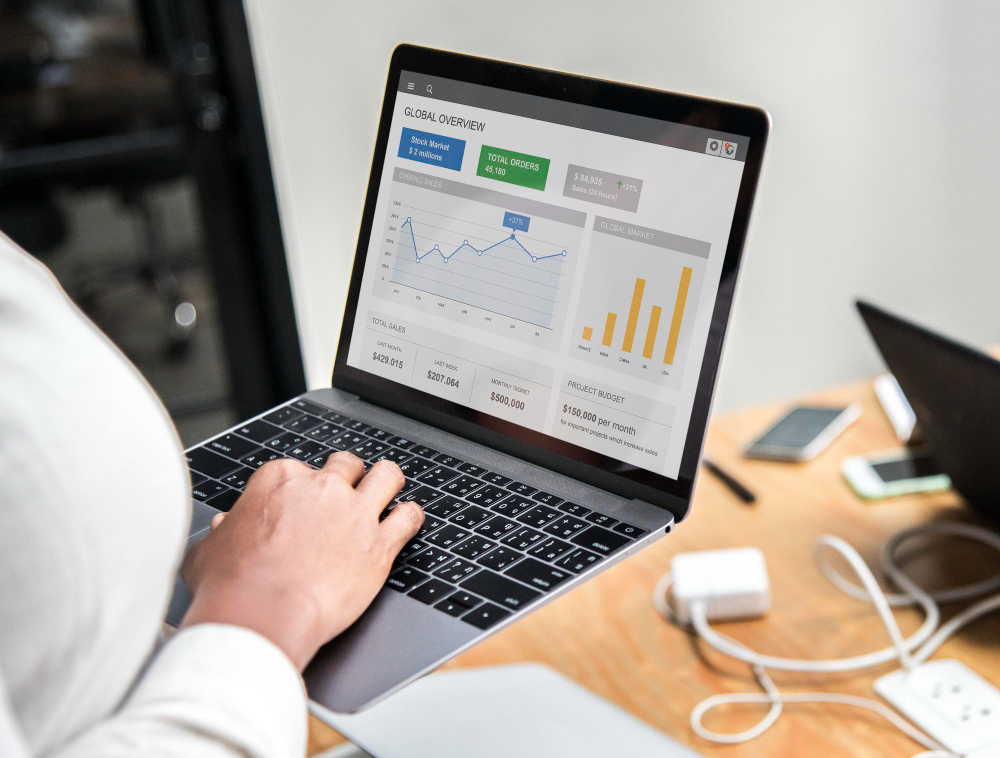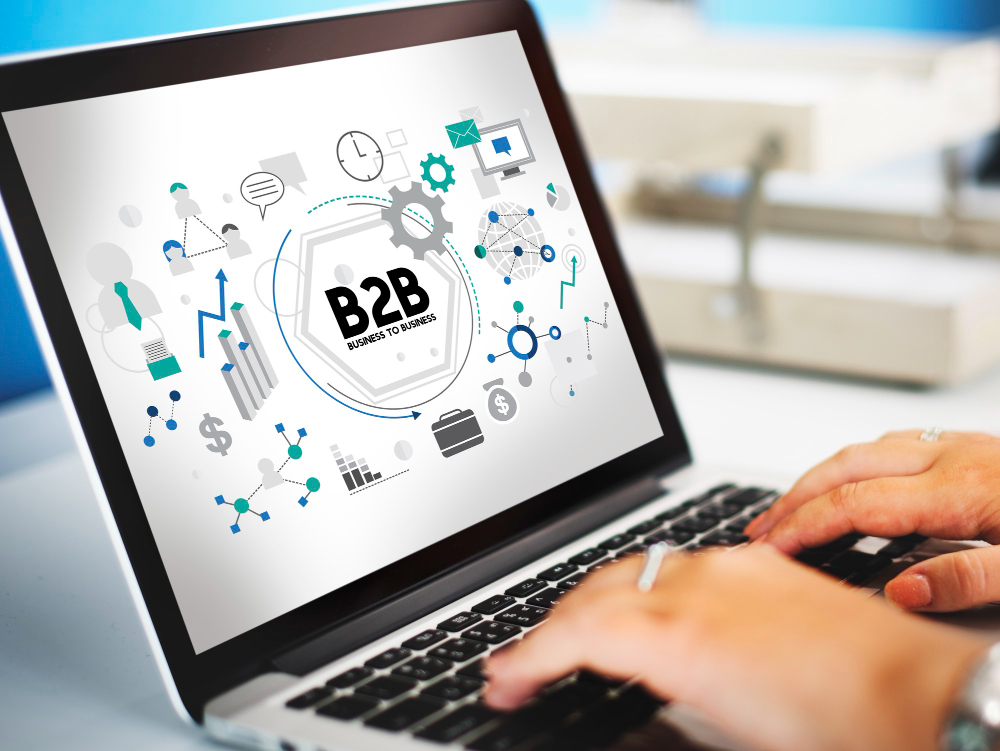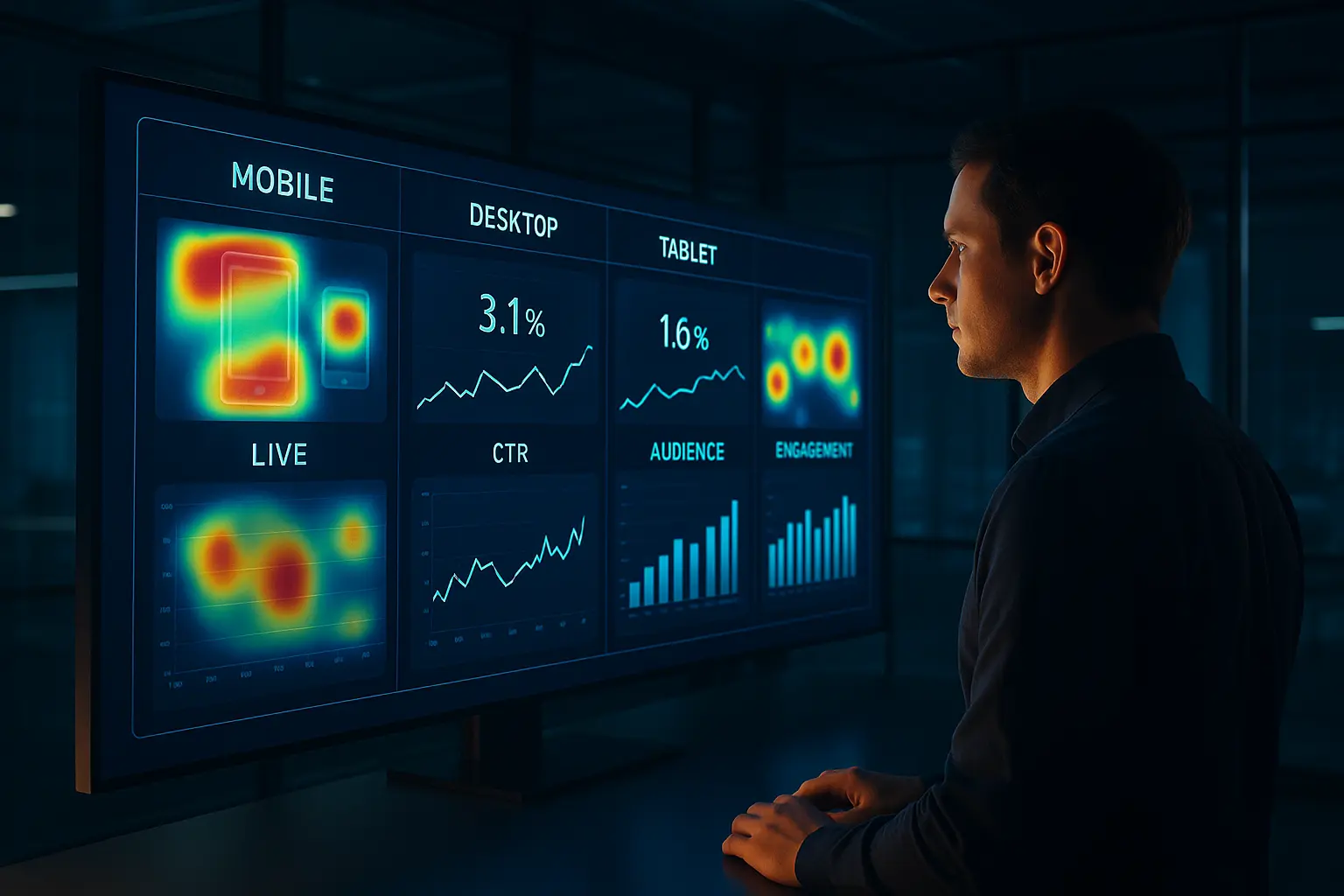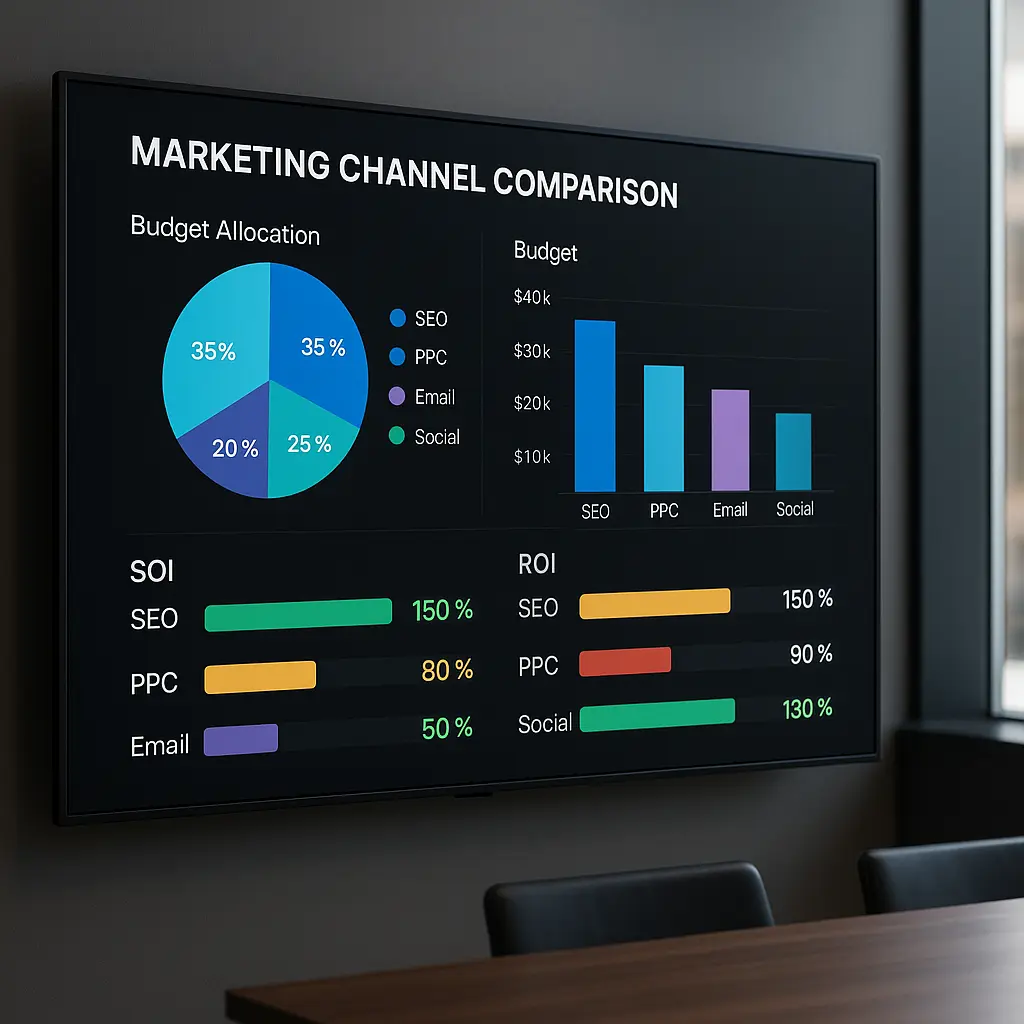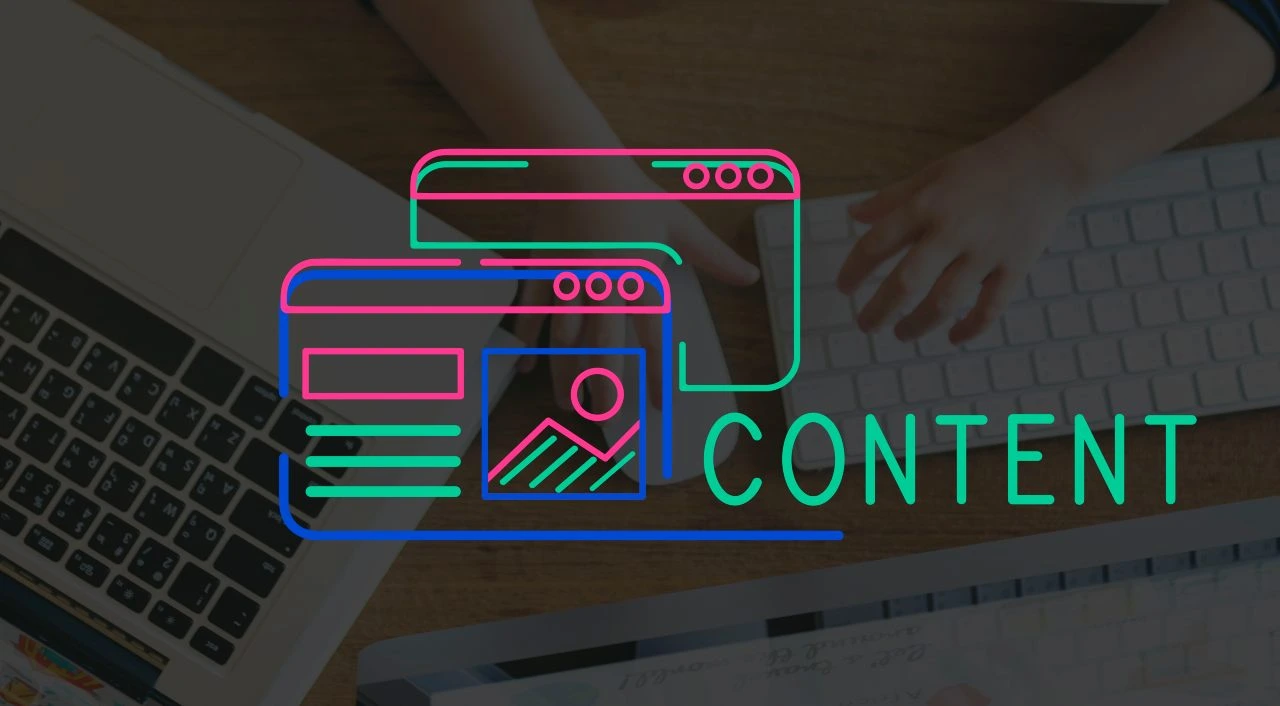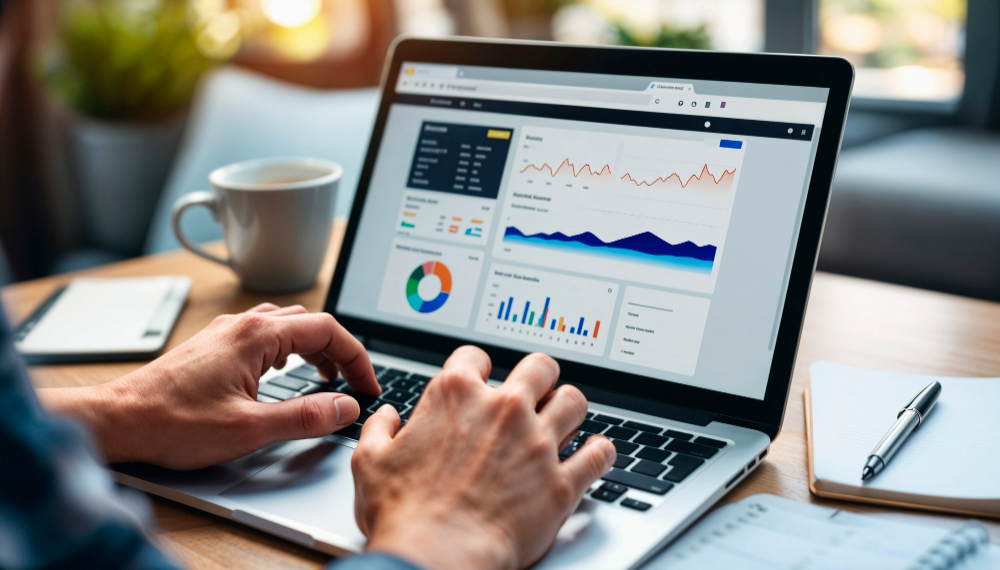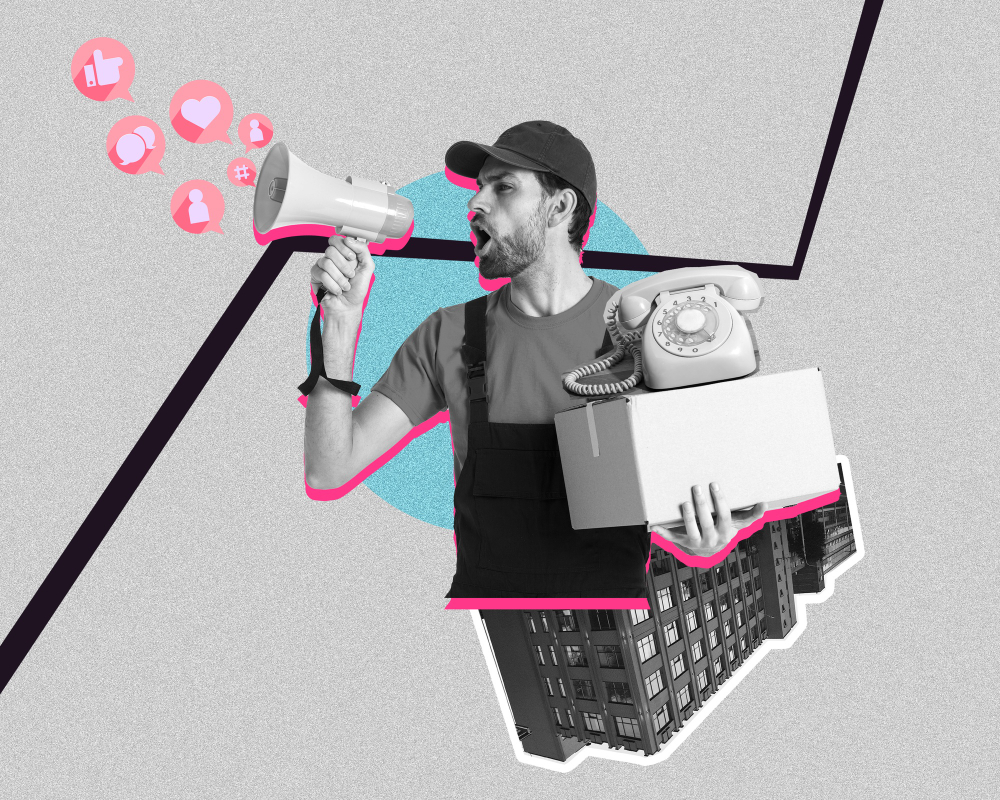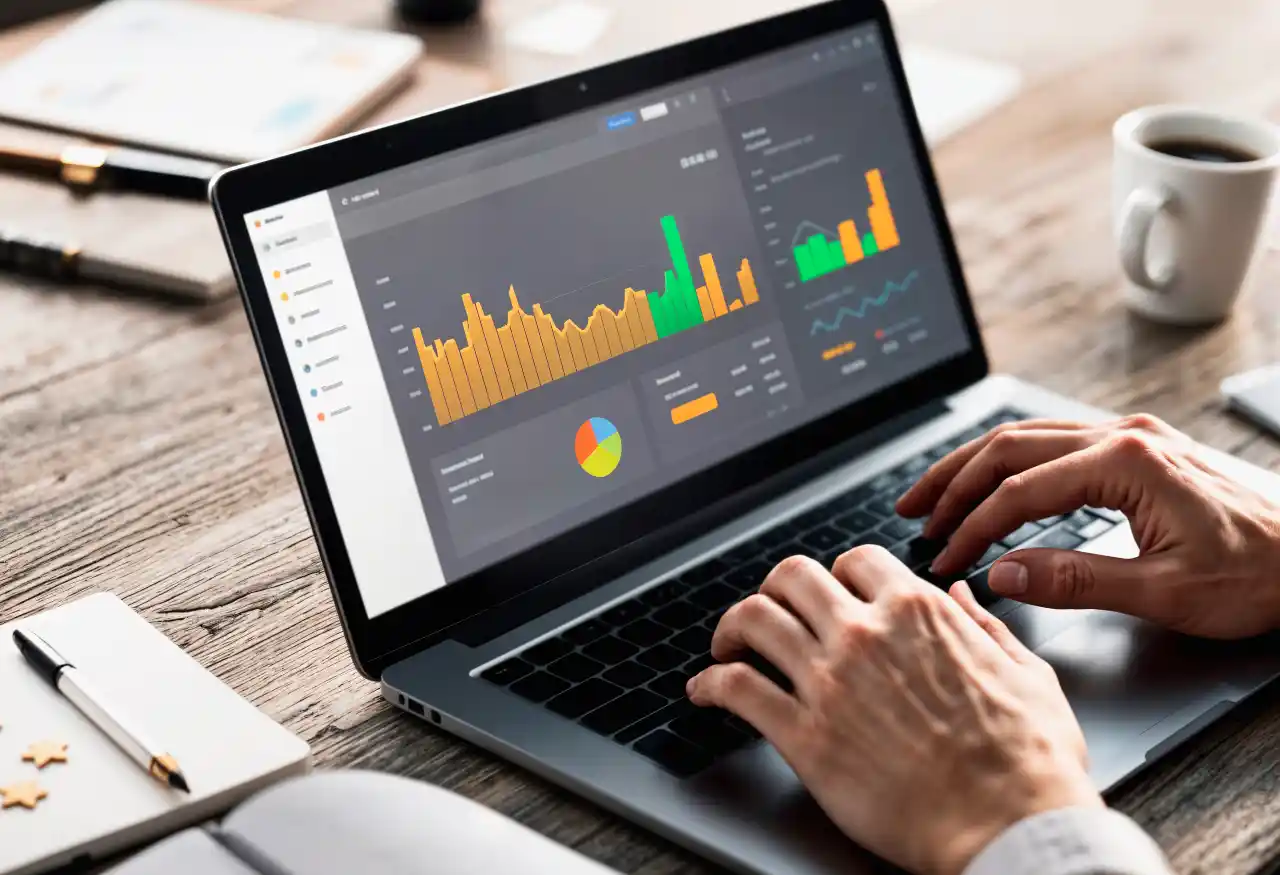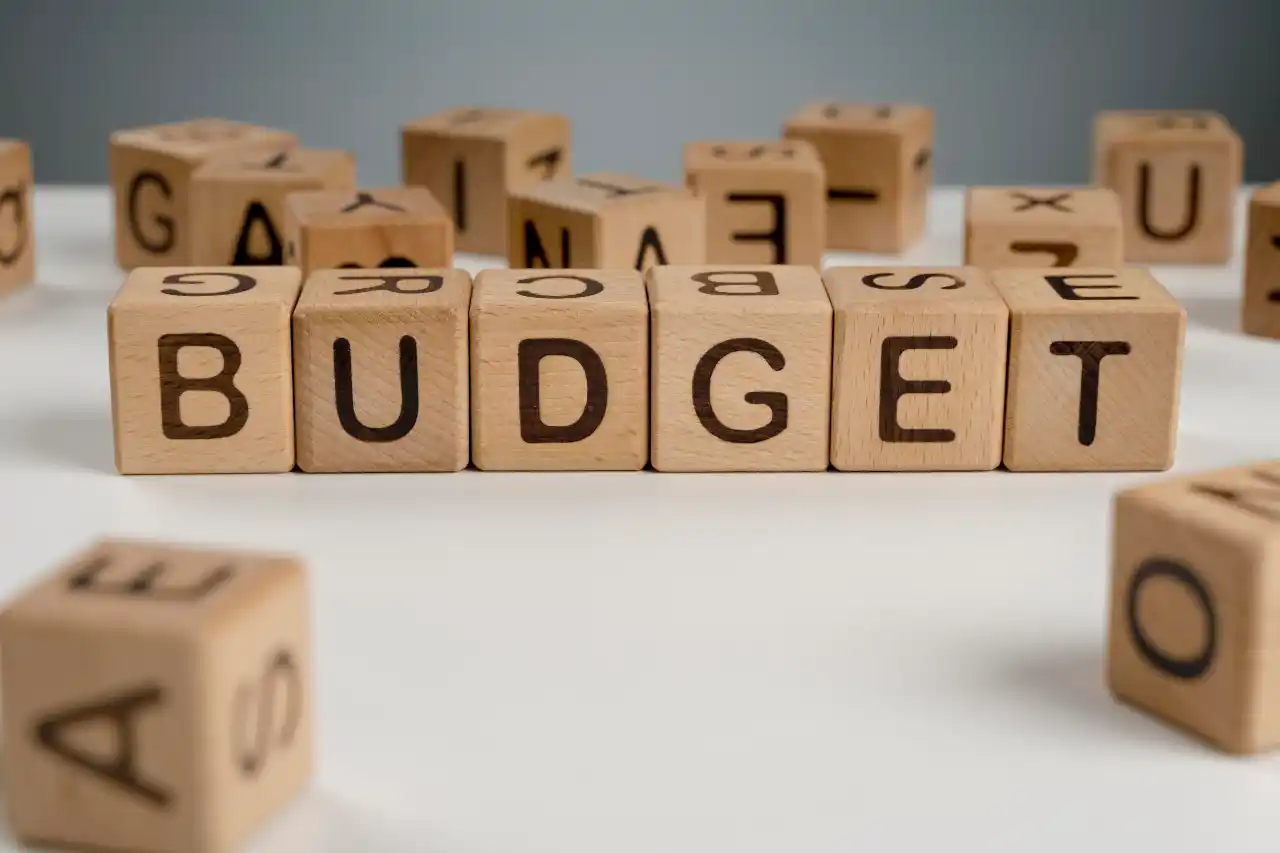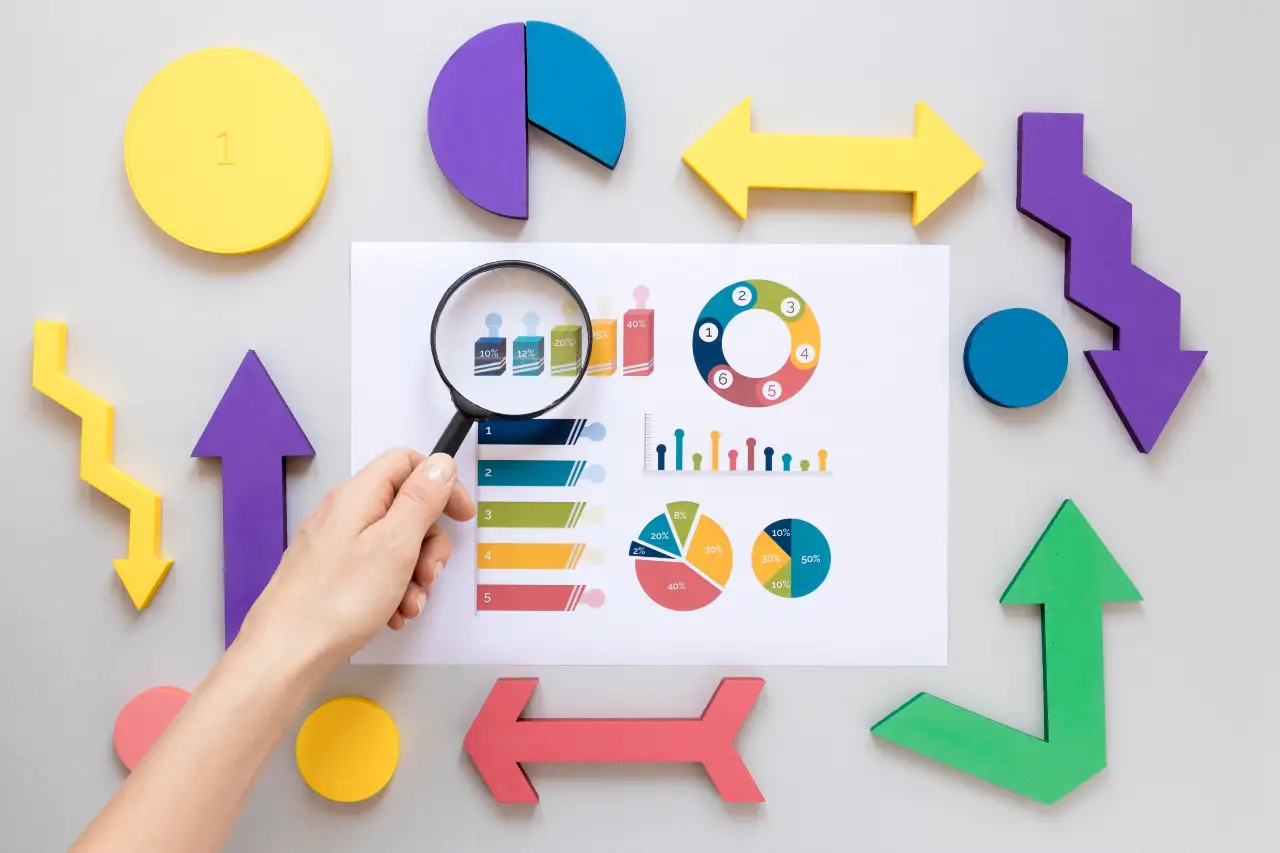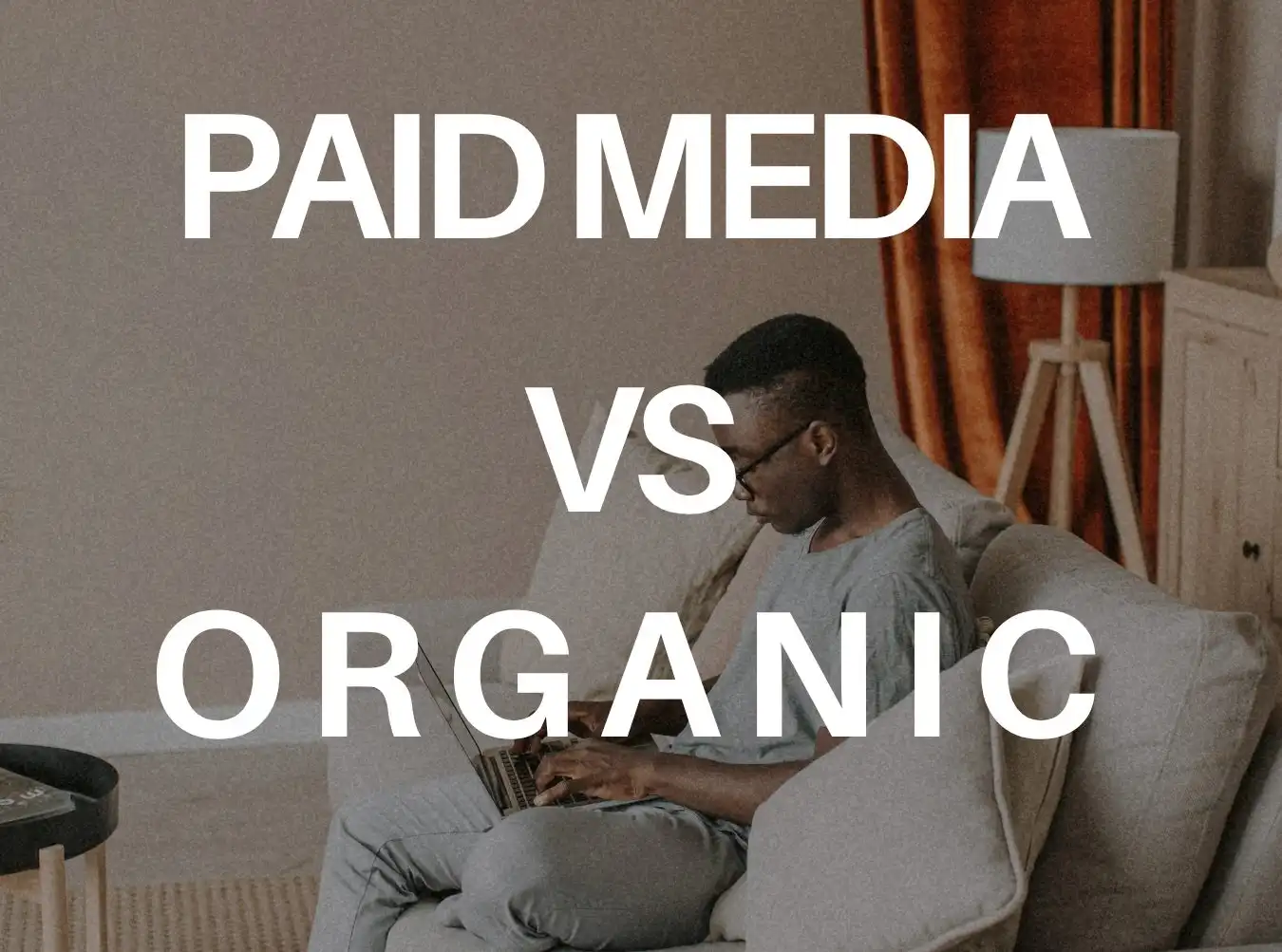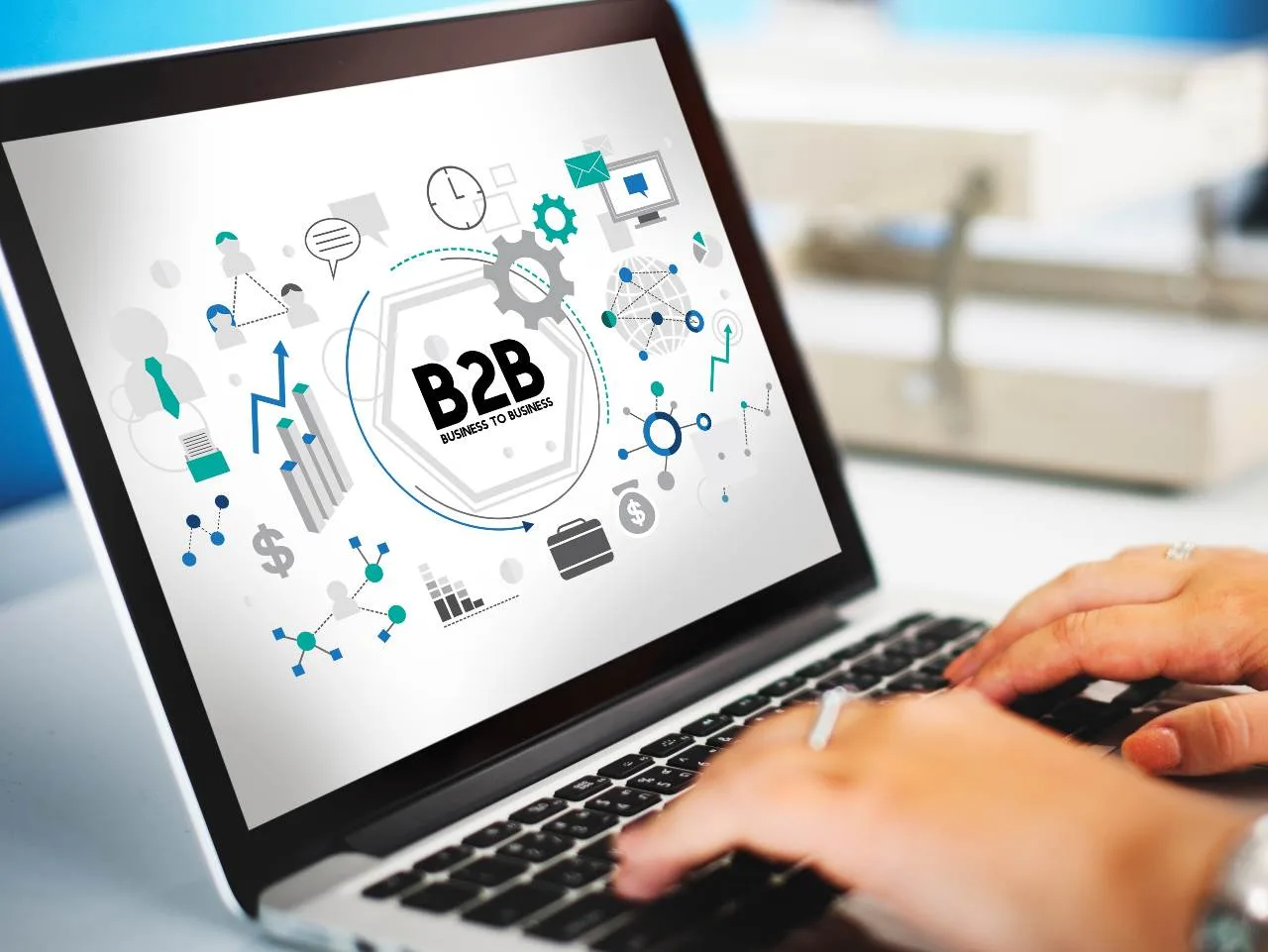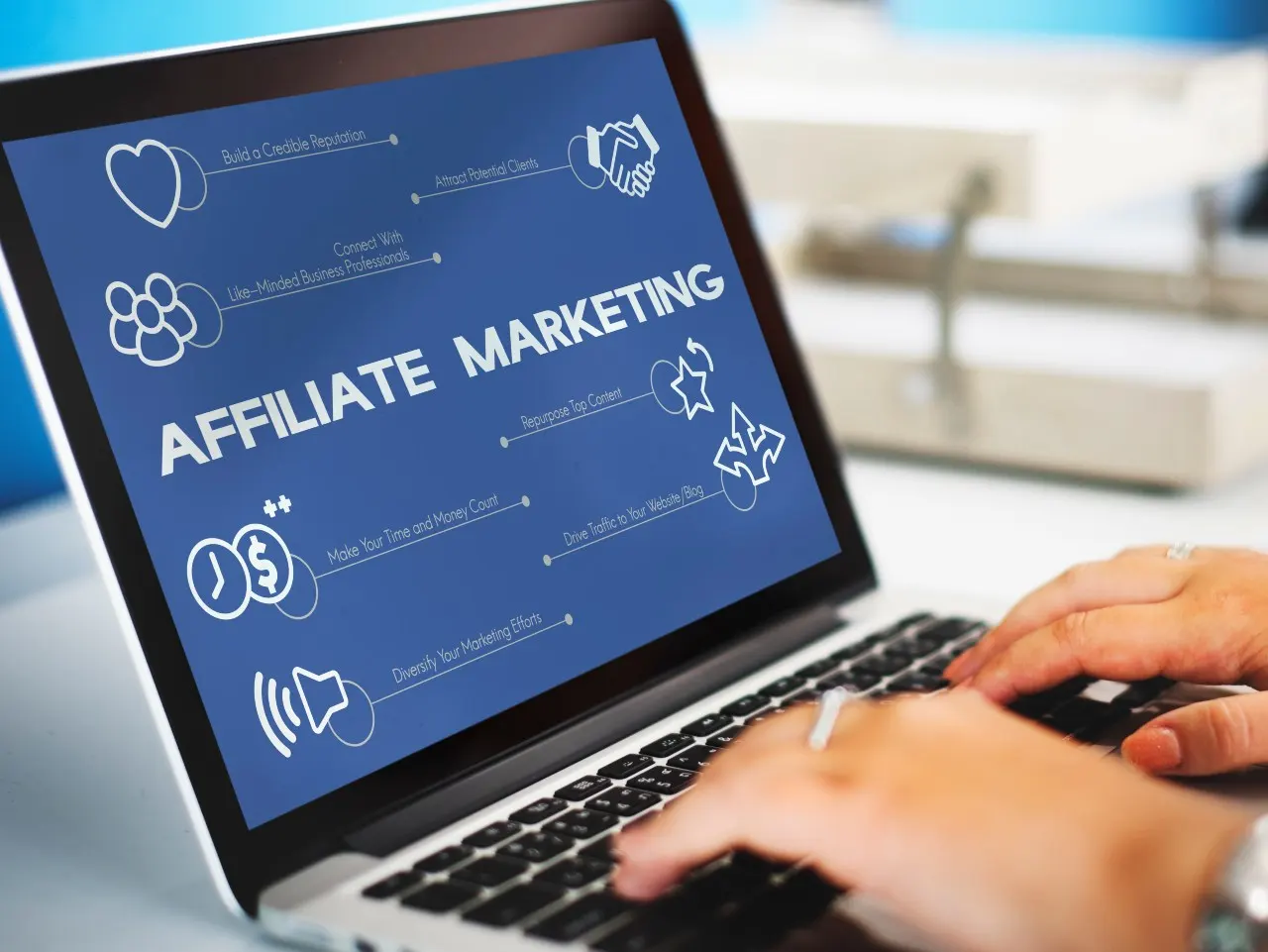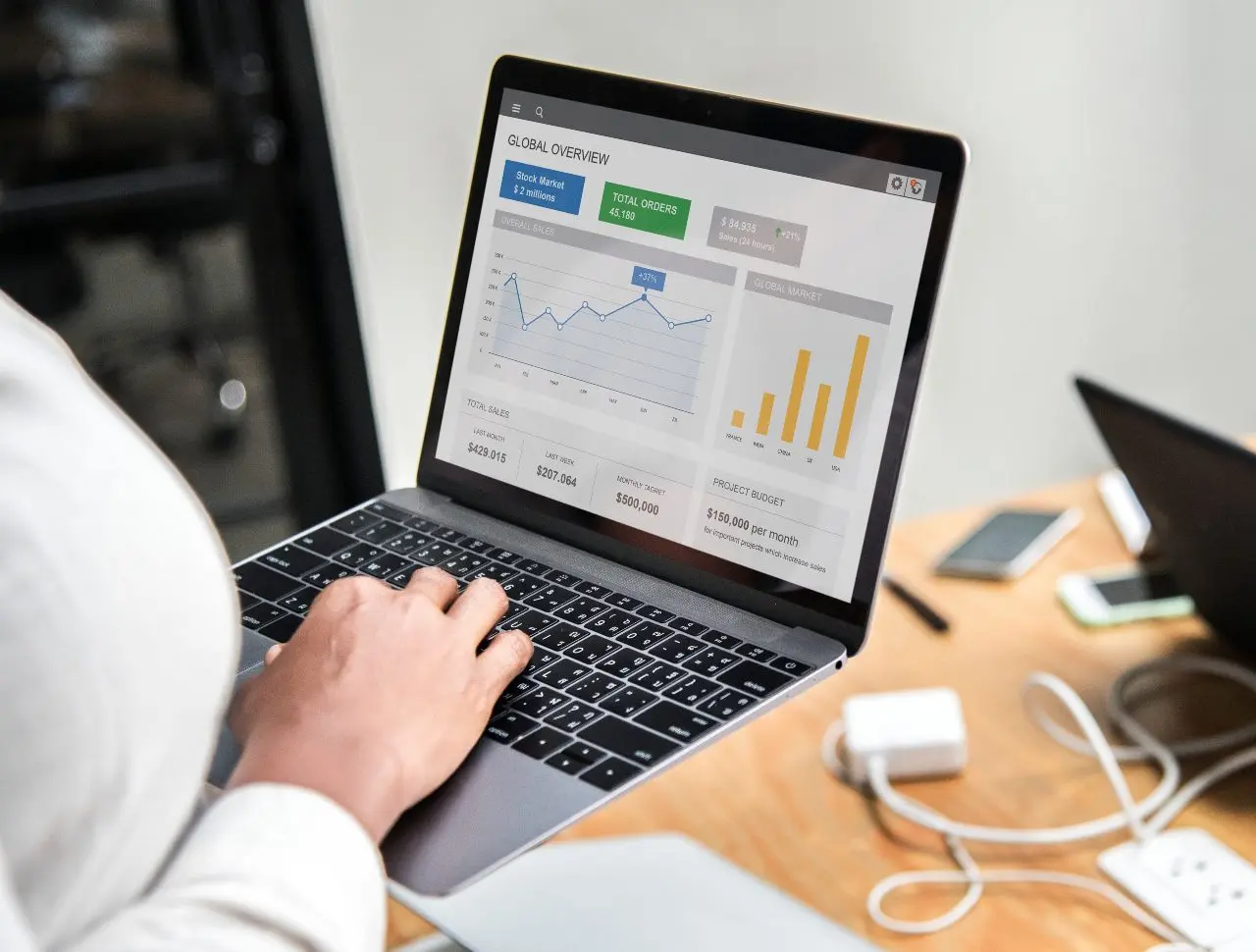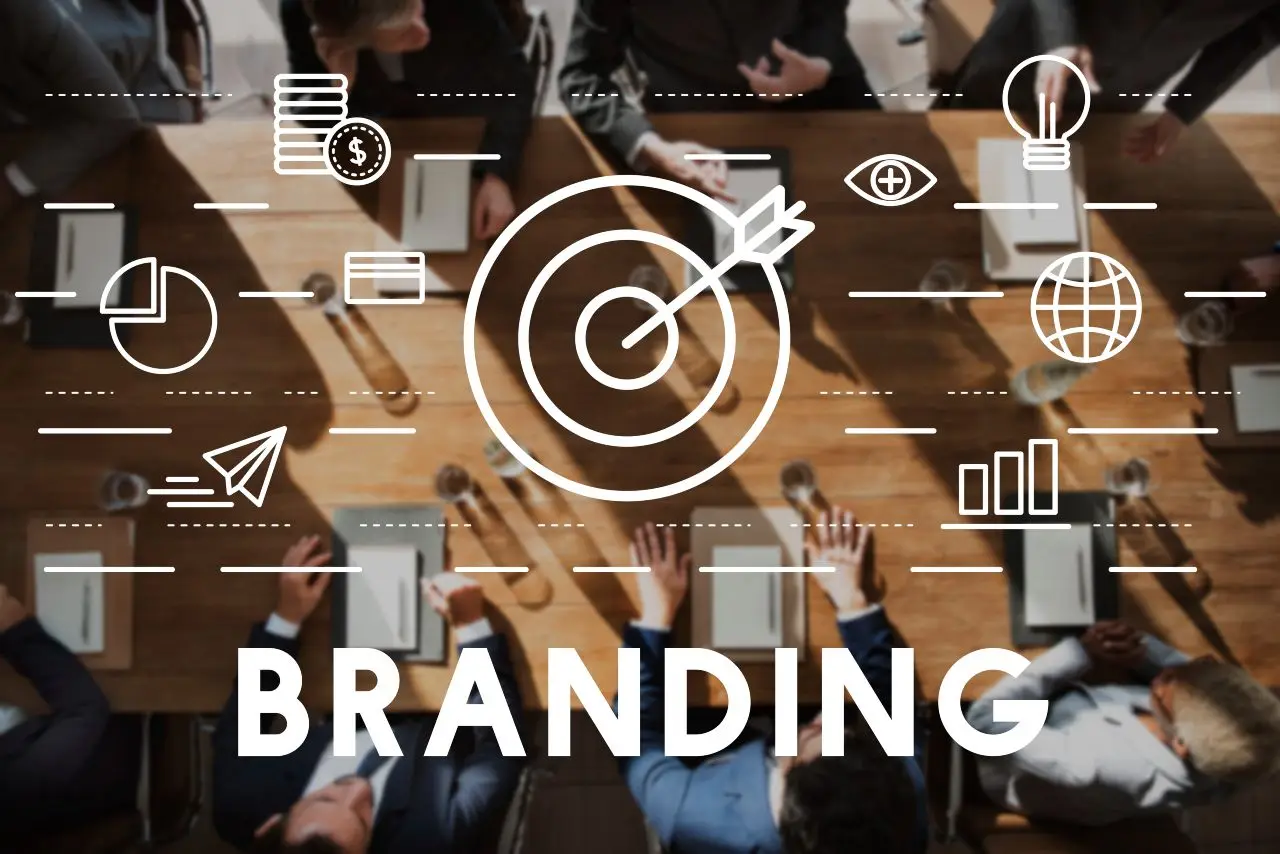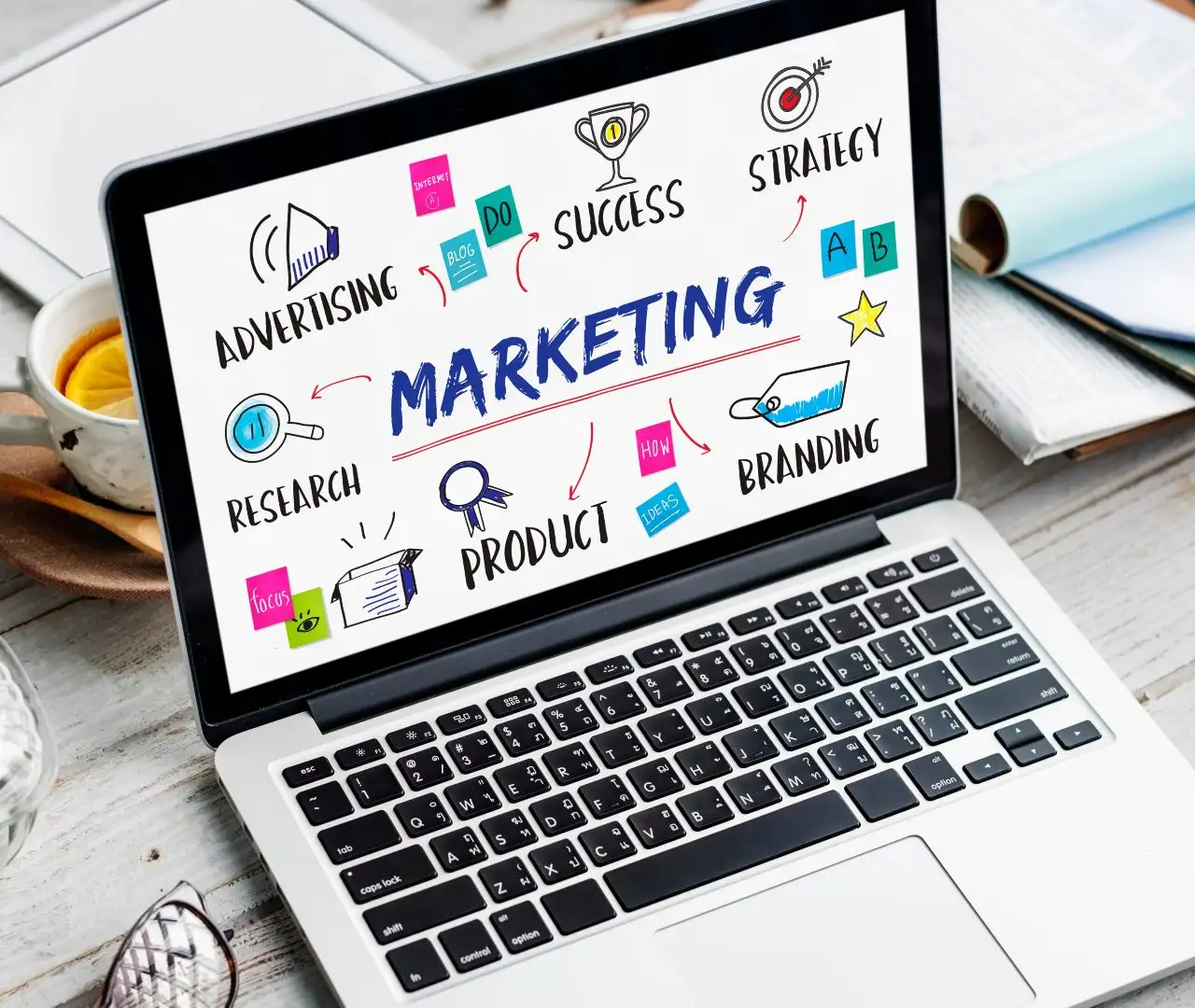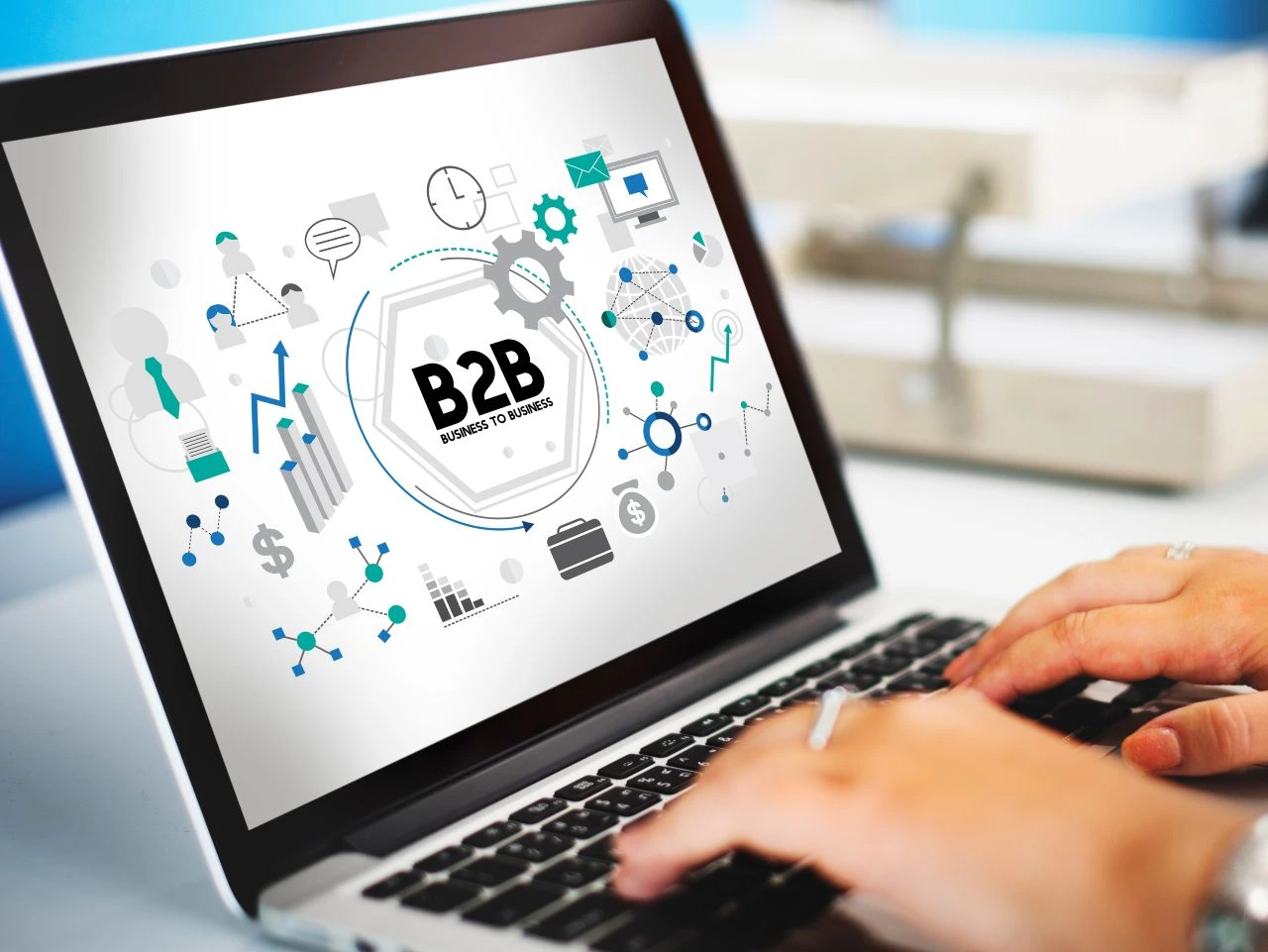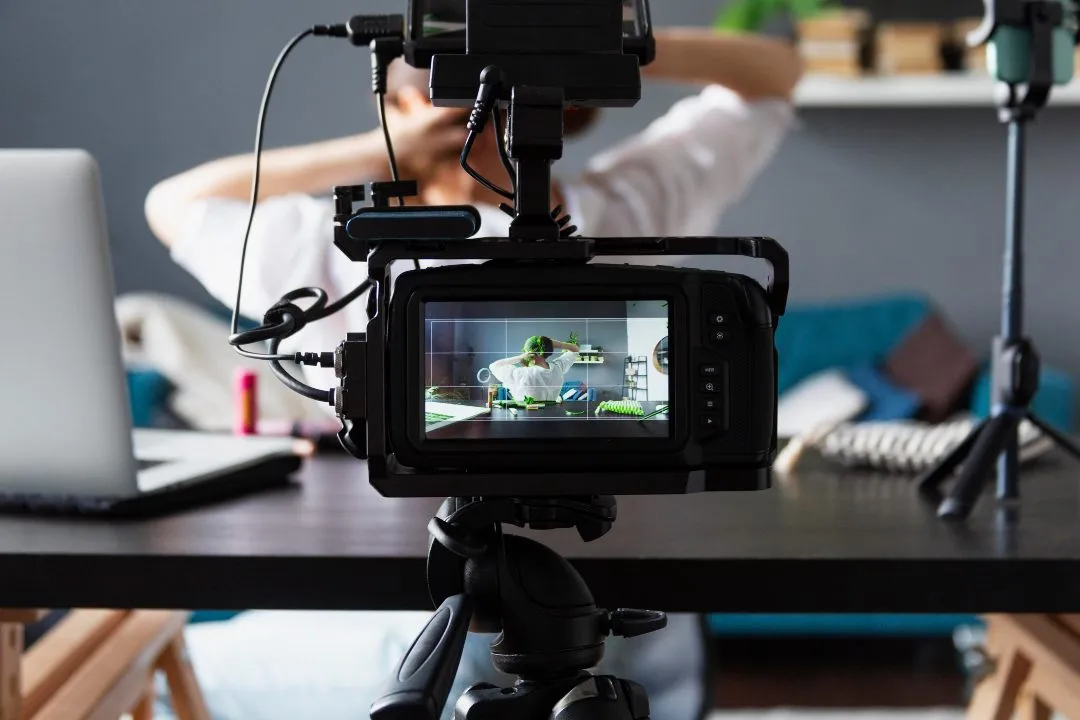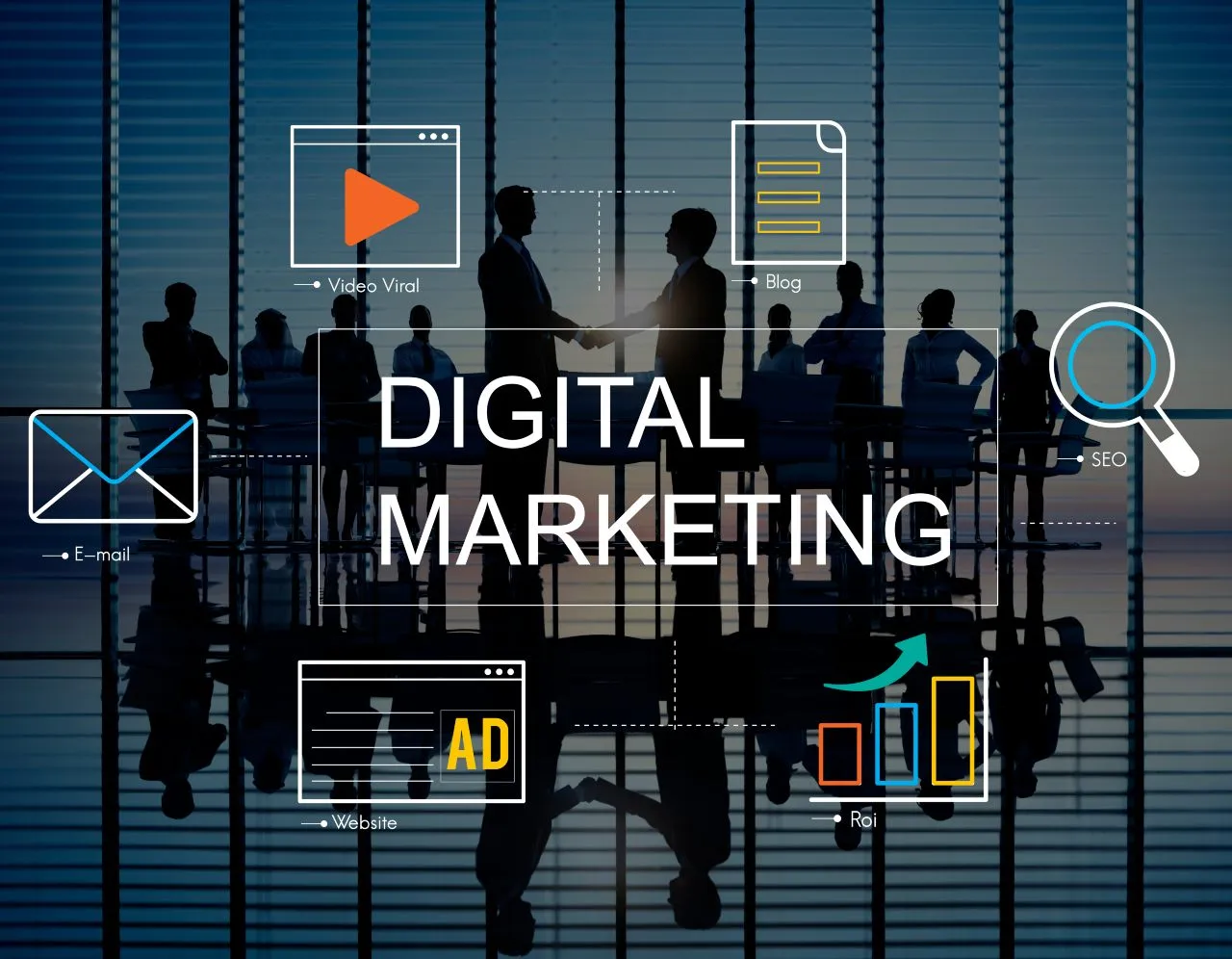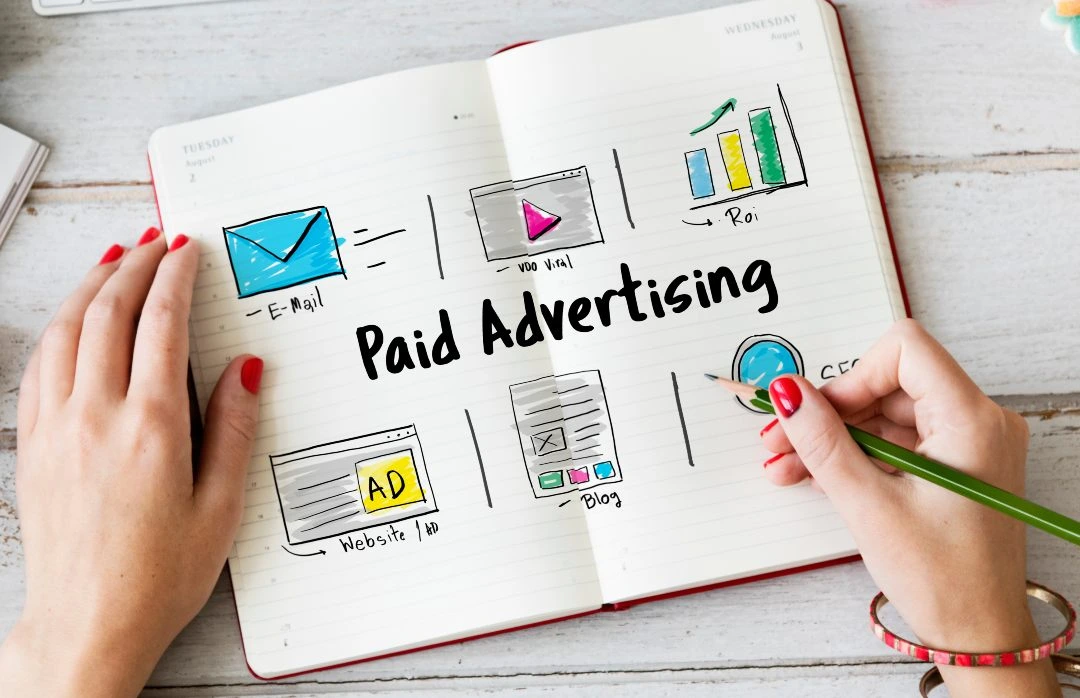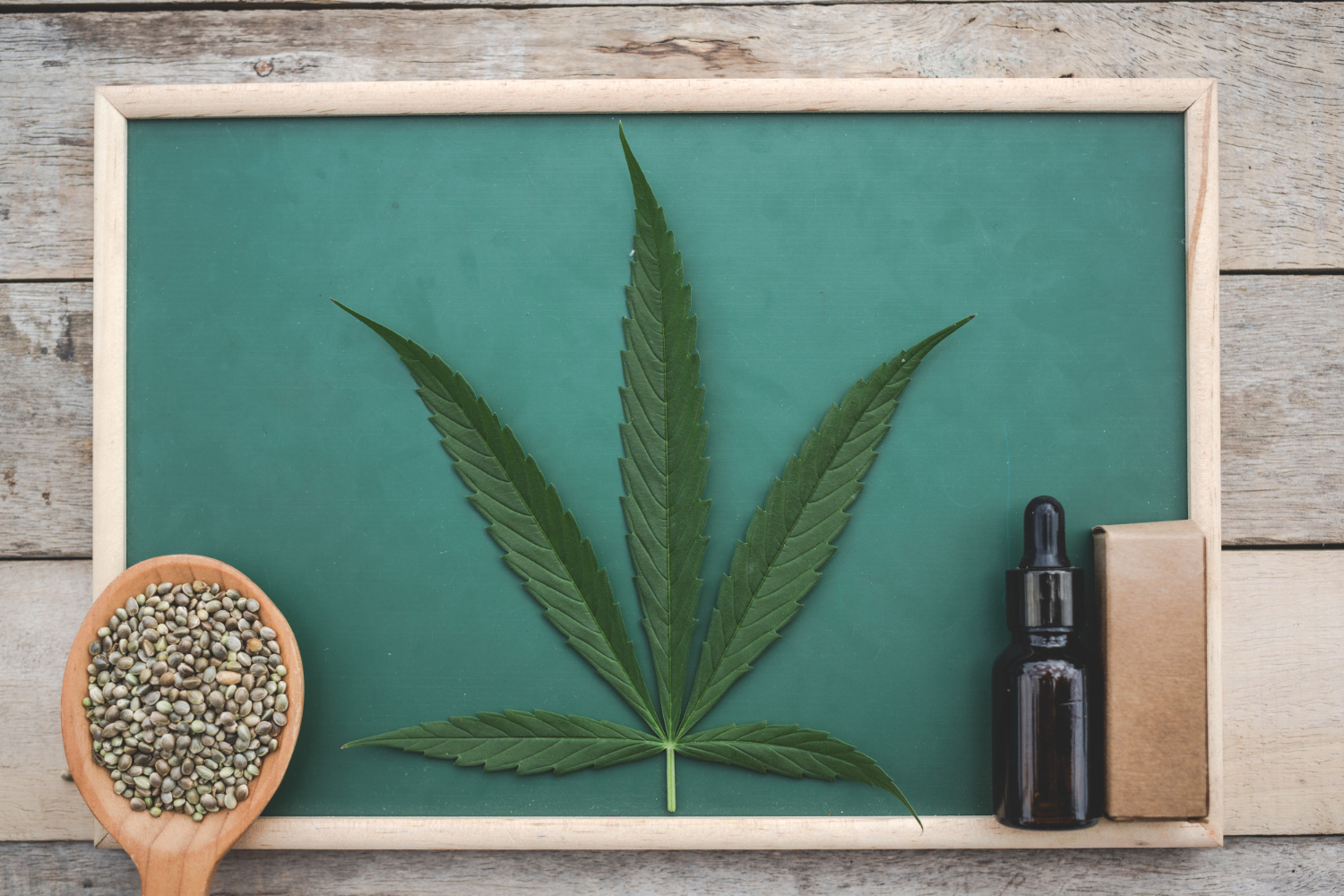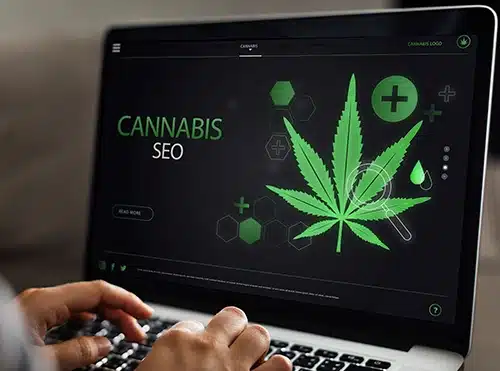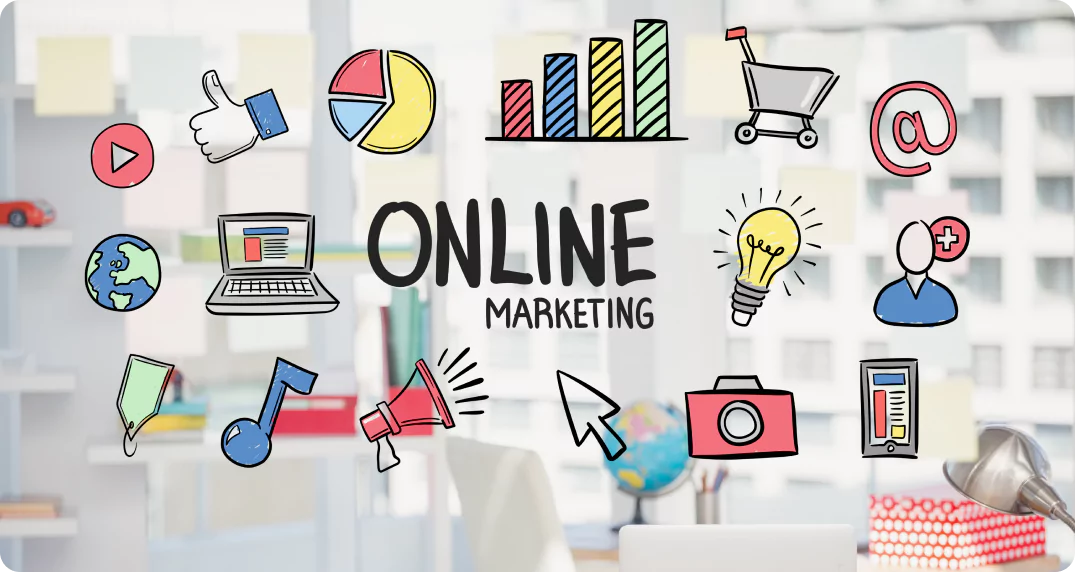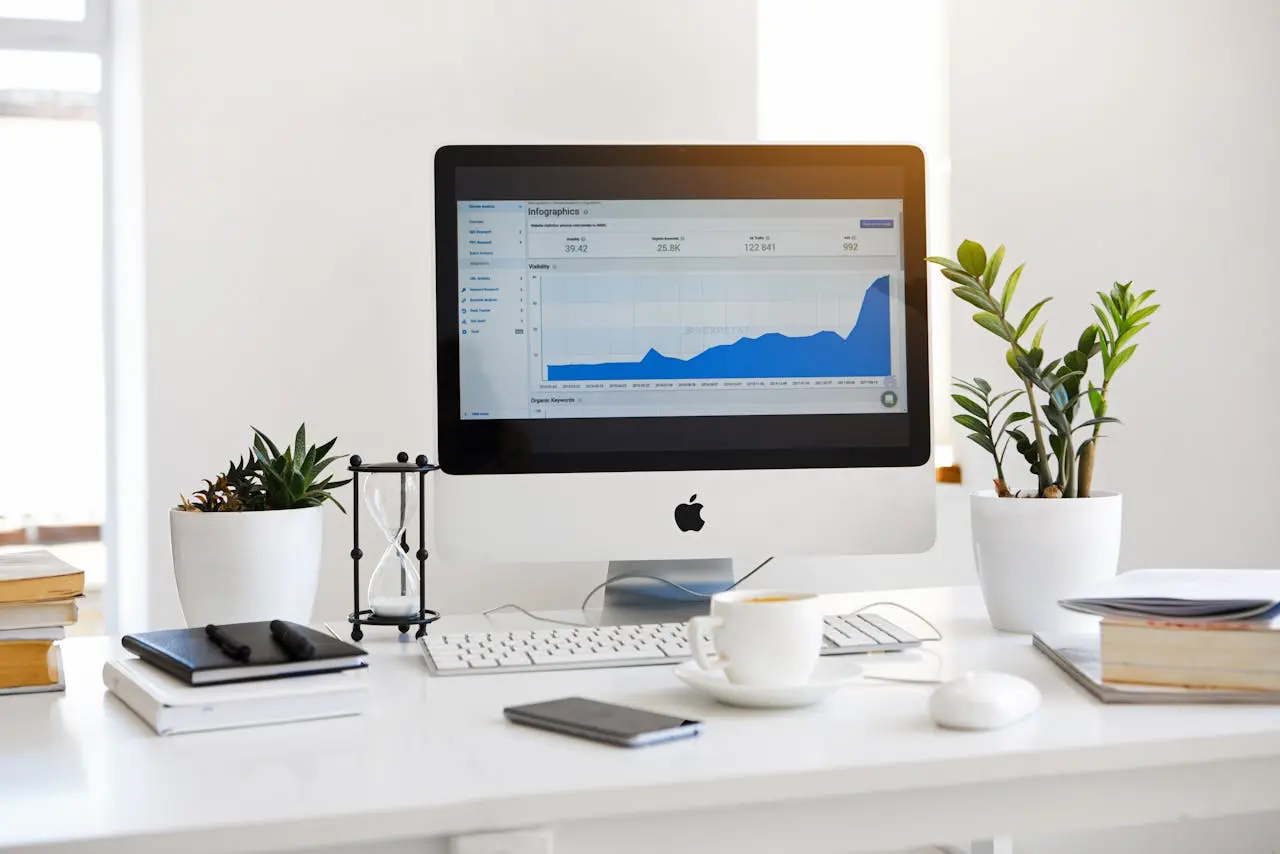In today’s fast-evolving marketing landscape, staying ahead requires a deep dive into the latest digital advertising trends. Are you making the right moves to maximize your ROI? As consumer behavior shifts and new technologies emerge, understanding where to allocate your resources becomes more critical than ever.
From the latest in search and display advertising to the rise of Amazon and mobile platforms, the dynamics of paid advertising are constantly changing. Which strategies are delivering the best results, and where should you be focusing your efforts? How can you avoid ad fraud?
This article explores the key statistics and digital advertising trends shaping the industry, providing actionable insights to help you optimize your campaigns, refine your strategies, and achieve superior results.
Ad Fraud: A Persistent Threat to Campaign Integrity
Digital advertising is a cornerstone of modern marketing, but the battle against ad fraud continues to intensify. As fraudsters evolve their tactics, advertisers face growing risks across display, video, and mobile channels. These deceptive practices not only waste ad spend but also erode trust in digital platforms, making ad fraud prevention a strategic priority for businesses striving to maximize ROI. Below are the latest statistics shedding light on the scope of this challenge:
- In 2020, approximately one in five ad clicks were identified as fraudulent.
- Display ads are particularly vulnerable, with an estimated 20% of all clicks being fraudulent.
- Video ad fraud surged by 19% in 2022, underscoring fraudsters’ growing focus on high-value formats.
- Mobile ad fraud increased by 16% between 2019 and 2022, marking a troubling trend as mobile usage continues to dominate.
- Over 615 million devices worldwide now use ad blockers, presenting challenges to engaging mobile users through traditional ads. Source
Key Takeaway: No Ad Channel is Immune
Ad fraud is no longer an isolated issue—it’s an industry-wide epidemic impacting every channel and narrowing the margin for error in campaign execution. The upward trend in fraudulent activity across video, mobile, and display advertising proves that fraudsters are adapting to shifts in consumer behavior and platform popularity. To safeguard campaigns, businesses must adopt a proactive, data-driven approach to fraud detection, leveraging tools like AI-based fraud prevention and blockchain technology for enhanced transparency.
Pro Tip:
Don’t just focus on fraud detection—invest in fraud prevention. Collaborate with trusted ad networks, monitor campaign performance regularly, and deploy machine learning tools to identify anomalies in real time. Building trust in your campaigns starts with securing their integrity.
PPC: Search, Display, and Amazon Insights

Source Emarkters
PPC advertising continues to be a cornerstone of digital marketing, offering brands a direct path to connect with highly targeted audiences. From search engine dominance to programmatic display ads and the growing influence of Amazon’s ad ecosystem, the PPC landscape is evolving rapidly—making it essential for marketers to stay updated on the latest trends and statistics. Let’s dive deeper into the data shaping these advertising channels and uncover opportunities for smarter, more profitable campaigns.
- Global search advertising spending is predicted to reach $190.5 billion by the end of 2024. Source
- In the U.S., search ad spending is forecasted to hit $118.2 billion in 2025. Source
- U.S. programmatic digital display ad investments are set to surpass $157.35 billion in 2024. Source
- By 2026, programmatic advertising is expected to represent 97% of total digital display ad spending. Source
- Display advertising currently accounts for 16% of advertisers’ overall budgets. Source
- The travel and hospitality sector achieves the lowest average CPC on Google’s Display Network, at $0.44. Source
- Dating and personals ads experience the highest average CPC on Google’s Display Network, averaging $1.49. Source
- Amazon PPC ads simplify the customer journey by allowing users to click directly on products for purchase, similar to Google Shopping Ads. Source, Source
- Google dominates the search advertising space. Source
- Google’s ad revenue climbed to $237.86 billion in 2023. Source
- Most businesses allocate $100 to $10,000 per month on Google Ads. Source
- On average, businesses earn $8 in revenue for every $1.60 spent on Google Ads. Source
- Google Ads’ average CPC ranges from $0.11 to $0.50. Source
- Google is rated as a trustworthy platform by 98% of advertisers, earning a 4 or 5 out of 5 on the trust index. Source
- A staggering 80% of companies prioritize Google Ads for their PPC campaigns. Source
- Google captures 73% of total U.S. search ad revenue. Source
- Google handles 62% of all core search queries in the United States. Source
- 84% of advertisers using paid search have embraced or plan to adopt Google’s responsive search ads. Source
Key Takeaway: A Data-Driven Approach to PPC Success
The numbers tell a compelling story: PPC advertising is not just a marketing tactic but a competitive necessity. Platforms like Google Ads dominate not because of their scale alone, but because of the trust, ROI, and precision targeting they offer. Meanwhile, programmatic advertising is redefining display campaigns, offering unparalleled efficiency and scalability. Amazon’s PPC model is also proving its worth, particularly for brands directly involved in e-commerce. Keeping up with PPC Statistics & Trends is essential to understand shifting consumer behavior, platform updates, and emerging strategies that drive success.
To thrive in this fast-paced environment, businesses must adopt a data-driven mindset. Analyzing CPC trends by industry and diversifying ad spend across platforms can unlock untapped growth potential. By embracing responsive search ads and programmatic strategies, marketers can deliver highly relevant content that resonates with their audience while optimizing their budgets.
Pro Tip:
Don’t put all your eggs in one basket. While Google Ads may be the go-to platform, exploring emerging opportunities on Amazon or investing in programmatic display ads can help you mitigate risk, expand your reach, and build a more balanced advertising portfolio. Always test and iterate by tracking performance metrics, and don’t hesitate to leverage tools like Google Analytics, Amazon’s ad dashboard, and programmatic platforms for deeper insights.
Search Advertising: Insights on Budgets, CPC, and Conversions
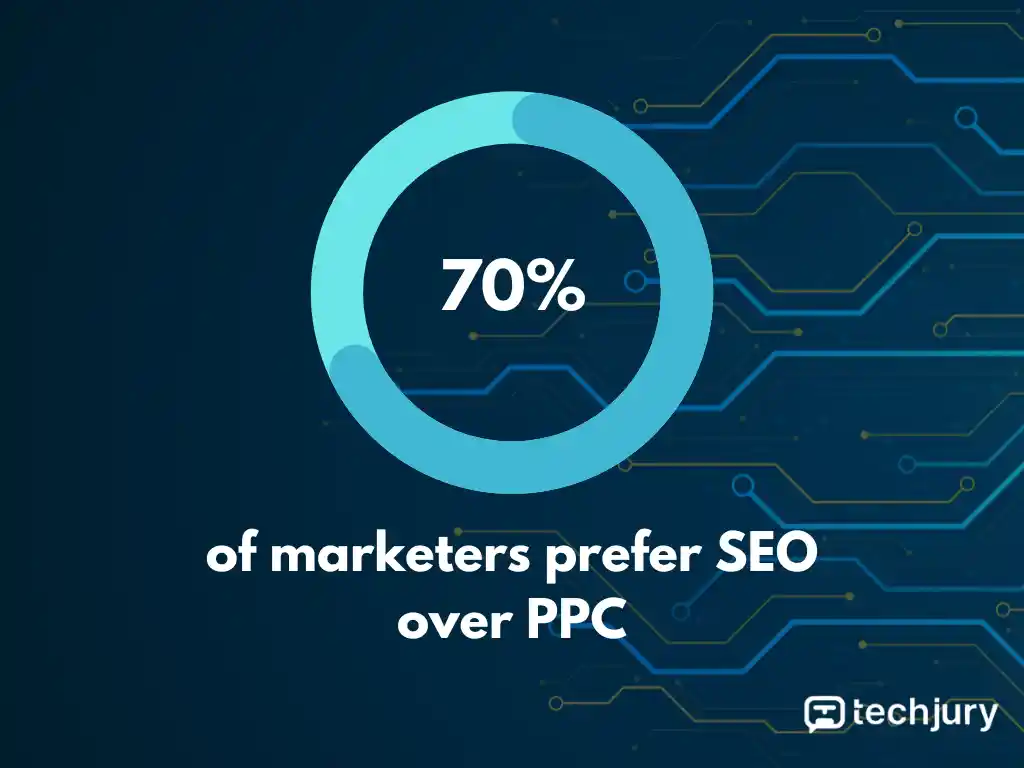
Source: TechJury
Search advertising continues to be a cornerstone of digital marketing strategies, and for good reason—it delivers measurable results, from increased brand visibility to higher conversion rates. But with competition heating up and CPCs varying across industries, understanding how to allocate budgets and optimize bids has never been more critical. The following statistics shed light on the economics of search advertising and the opportunities savvy advertisers can seize.
- The legal industry faces the highest average CPC on Google Ads, at $9.21, reflecting the competitive nature of keywords in this sector. Source
- The real estate and arts & entertainment industries enjoy the lowest average CPC for search on Google Ads, at $1.55, providing cost-effective advertising opportunities. Source
- The average Cost Per 1000 Impressions (CPM) for Google Ads ranges from $0.51 to $1.00, offering an affordable option for increasing brand visibility. Source
- 96% of advertisers allocate budget to search ads, highlighting the widespread adoption and perceived value of search advertising. Source
- Search ads can boost brand awareness by approximately 80%, demonstrating their effectiveness in increasing brand recognition. Source
- 65% of all high-intent searches result in an ad click, indicating the strong purchase intent of users engaging with search ads. Source
- PPC traffic converts 50% better than organic site visitors, highlighting the efficiency of paid search in driving conversions. Source
- Ads appearing in search results capture 45% of page clicks, demonstrating their prominence in attracting user attention. Source
- Search marketing accounts for 42% of all digital marketing spending, confirming its status as a primary channel for digital advertising investments. Source
- The top three pay-per-click (PPC) ads receive 46% of all clicks, emphasizing the importance of securing top ad positions. Source
Takeaway: Prioritize Intent and Optimize for Action
Search advertising offers a rare combination of precision targeting and measurable results, but the key to success lies in understanding user intent and adapting campaigns accordingly. The dominance of high-intent searches and PPC’s superior conversion rates proves that strategic investment in this channel can yield significant returns. However, with CPCs fluctuating depending on the industry, advertisers must balance their bidding strategies with ROI-focused goals. Leveraging top ad positions and targeting high-intent keywords ensures your campaigns not only capture attention but also drive meaningful business outcomes.
For businesses aiming to maximize their ROI across multiple marketing channels, adopting a full-service marketing approach can streamline efforts and ensure consistent results. By integrating PPC with other digital strategies, such as SEO and email marketing, advertisers can create seamless campaigns that amplify their impact.
Pro Tip:
Stay ahead by investing in tools that offer real-time bidding insights and advanced keyword analysis. These tools, such as Google Ads Keyword Planner or SEMrush, help you identify high-performing keywords while keeping costs in check. Additionally, test ad creatives regularly to maintain relevance and improve Quality Scores, which can lower your CPC over time.
Power of Amazon Advertising
As ecommerce continues to dominate, Amazon has solidified its position not just as a marketplace giant but as a premier advertising powerhouse. With its unique ability to combine commerce with targeted advertising, the platform offers businesses an unparalleled edge in connecting with shoppers who are already deep in the purchase journey. Here’s a closer look at key statistics that underscore why Amazon Advertising is becoming increasingly indispensable for brands aiming to maximize their digital marketing ROI:
- Amazon ranks as the third most popular advertising platform, cementing its role as a vital player in the digital ad ecosystem. Source
- In 2023, Amazon’s net U.S. digital ad revenues hit $46.91 billion, solidifying its dominance in advertising spend. Source
- Search ads outperformed other formats, accounting for $7.09 billion of net ad spending on Amazon in the U.S., while display ads contributed $2.76 billion. Source
- Amazon’s average CPC is just $0.77, making it a highly cost-efficient channel for advertisers. Source
- 85% of ad spending on Amazon is dedicated to Sponsored Products, proving their unmatched popularity and effectiveness. Source
- Sponsored product ads drive the highest sales-per-click, establishing themselves as crucial for conversion-driven campaigns. Source
- Sponsored Products and Sponsored Brands clicks convert at rates over three times higher than Google Shopping ads, emphasizing Amazon’s competitive edge in performance. Source
- Amazon commands 12% of the total U.S. ad search revenue share, showcasing its growing influence in search-based advertising. Source
- With over 9.7 million sellers globally, Amazon’s vast marketplace provides advertisers with a rich and competitive environment to target consumers. Source
Key Takeaway
Amazon Advertising isn’t just another channel—it’s a growth engine for modern brands. With its cost-effective CPC and robust conversion rates, Amazon offers advertisers a direct path to high-intent shoppers actively searching for products. Sponsored Products, in particular, have emerged as a cornerstone of success on the platform, thanks to their ability to generate superior return on investment.
Pro Tip:
To get the most out of Amazon’s ad ecosystem, dedicate resources to refining your Sponsored Products strategy. Experiment with keyword targeting, invest in A/B testing, and continuously analyze performance metrics to fine-tune your campaigns. Pair this with competitive pricing and optimized product listings to achieve maximum visibility and conversions.
The Power of Mobile Advertising: Key Trends and Actionable Insights
As mobile devices continue to dominate the digital landscape, they aren’t just tools of convenience—they’ve become central to consumer behavior and purchasing decisions. For advertisers, this creates an enormous opportunity to connect with users wherever they are, but it also demands a shift in strategy. Understanding how mobile fits into the broader advertising ecosystem is essential to designing campaigns that don’t just reach audiences but genuinely engage and convert them.
- Mobile apps generated $935 billion in revenue in 2023 through paid downloads and in-app advertising, showcasing the impressive earning potential of this market. Source
- Mobile advertising spend reached $146 billion in 2023, underlining the significant financial commitment businesses are making to tap into mobile users. Source
- Google drives 95% of paid search ad clicks on mobile devices, cementing its position as the undisputed leader in mobile search advertising. Source
- 82% of mobile users conduct searches on their devices, making mobile search optimization critical. Source
- 70% of U.S. search ad impressions occur on mobile devices, highlighting the necessity of mobile-first strategies. Source
- 69% of smartphone owners shop on their devices, revealing the growing potential of mobile as a primary commerce channel. Source
- 65% of consumers rely on mobile during their \”I-want-to-buy\” moments, showcasing the influence of smartphones on purchase intent. Source
- 60% of mobile users click on a PPC ad weekly, demonstrating strong engagement with paid mobile campaigns. Source
- 53% of PPC ad clicks come from mobile devices, further emphasizing mobile’s dominance in the pay-per-click advertising space. Source
Key Takeaway: Why Mobile-First Marketing Strategies Are Non-Negotiable
The numbers don’t lie—mobile isn’t just one piece of the digital marketing puzzle; it’s the centerpiece. With mobile usage covering everything from casual browsing to serious commerce, brands that fail to optimize for the mobile experience risk losing relevance and revenue. Incorporating “micro-moments” into your strategy—those brief but critical times when users turn to their devices for immediate action—can make all the difference in driving conversions.
Pro Tip:
Craft your campaigns with mobile users in mind. Use responsive design to ensure your ads look great on any screen, employ concise and impactful messaging, and invest in video or interactive formats that resonate with on-the-go audiences. And don’t forget: Track data meticulously to discover when and where your mobile audience is most engaged.
Maximizing ROI with Shopping Campaign PPC Ads
As e-commerce continues to dominate the retail landscape, shopping campaign PPC ads have evolved into a critical tool for driving purchases and capturing consumer attention. These visually driven, pay-per-click ads not only increase product visibility but also cater to the growing demand for seamless, personalized shopping experiences. For businesses aiming to stay competitive, understanding the nuanced behaviors of online shoppers and optimizing campaigns accordingly is key. Below, we explore some compelling statistics that underline the effectiveness and potential of shopping ads in today’s digital ecosystem.
- 65% of advertisers plan to expand the use of shoppable images in search, signaling the rising popularity of visual-first commerce. Source
- 60% of Google shopping queries originate from users looking for inspiration, demonstrating shopping ads’ ability to guide buyers from browsing to purchasing. Source
- 50% of shoppers now use voice search daily, emphasizing the need to optimize ads for voice-activated devices. Source
- 42% of consumers expect retailers to provide real-time information across all channels, making omnichannel consistency a must in campaign strategy. Source
- 16% of searches for bottoms like trousers or skirts include gender-related terms such as “women’s jeans,” underlining the value of gender-specific targeting. Source
- 12% of searches for bottoms include color-related queries, with black being the most sought-after, emphasizing the need for detailed and visually rich product attributes. Source
Key Takeaway: Align Strategy with Shopper Intent
The data makes one thing clear: shopping campaign PPC ads are no longer just an option—they are a necessity for any retailer aiming to capture market share in a competitive e-commerce environment. The growing reliance on visual and voice search, alongside the demand for personalization, requires advertisers to think beyond traditional approaches. Brands that leverage detailed product attributes, real-time inventory updates, and targeted holiday pushes can position themselves as leaders in the visual commerce era. Moreover, as consumer preferences shift toward seamless browsing experiences, integrating omnichannel consistency into your campaigns could be your biggest differentiator.
Pro Tip:
Elevate your shopping ads with robust keyword tagging that reflects consumer behavior trends (e.g., gender, color, or holiday-specific terms). Combine this with high-quality imagery, voice-search-optimized descriptions, and dynamic repricing strategies to stay ahead of the curve. Don’t forget to test different ad formats, such as shoppable images, to meet the growing demand for visually engaging content.
B2B Content Marketing Success with Data-Driven Insights
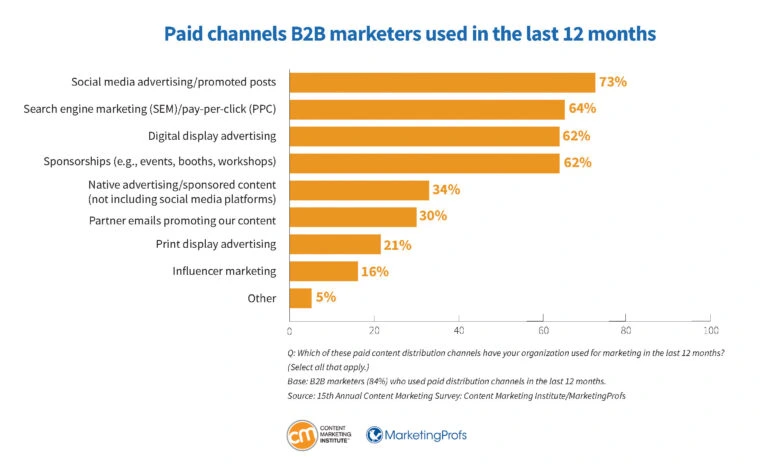
Source: Content Marketing Institute
B2B content marketing isn’t just about creating content—it’s about crafting meaningful experiences that resonate with your target audience and deliver measurable results. Whether leveraging short articles, videos, or in-person events, understanding what works (and why) is the catalyst for driving engagement and ROI. With the industry evolving and organizations experimenting with new formats like AI-driven content and podcasts, staying ahead demands not only strategic agility but also a commitment to quality and innovation. Let’s dive into the statistics to uncover actionable insights shaping today’s B2B content landscape.
- Short articles/posts remain a staple, utilized by 92% of B2B marketers, making them the most popular content format. Source
- Videos reign supreme in effectiveness, with 58% of marketers ranking them as the top-performing content type. Case studies/customer stories (53%), e-books/white papers (45%), and research reports (45%) follow closely behind. Source
- Organic social media (89%) and corporate blogs (84%) are the most widely used content distribution channels. Source
- In-person events (52%) and webinars (51%) lead as the most effective distribution methods, with email (42%) and organic social media (42%) tying for third place. Source
- Paid marketing channels are embraced by 84% of B2B marketers, with social media ads (73%), SEM/PPC (64%), and digital display ads (62%) being most common. Source
- Search engine marketing (SEM/PPC) is considered the most impactful paid channel for 61% of B2B marketers, outperforming social media ads (49%), sponsorships (48%), and display ads (35%). Source
- While podcast usage dropped slightly from 30% to 27%, its ability to produce rich, engaging content that performs well across social media, blogs, and newsletters continues to demonstrate potential. Source
- Only 22% of B2B marketers rate their content marketing efforts as highly successful, while 54% report moderate success. Source
- Top-performing marketers are more likely to predict growth in their content teams moving into 2025 and beyond. Source
- High performers attribute their success to effective strategies, the right technology, scalable content models, and the ability to measure and act on performance insights. Source
- 82% of top marketers highlight their deep understanding of audience needs as a key driver of success, while 77% prioritize producing high-quality content. Source
- AI integration is gaining traction, with top performers leveraging it for workflow optimization, content creation, and strategic alignment across teams. Source
The Roadmap to B2B Content Marketing Excellence
The data underscores one simple truth: B2B content marketing thrives when there’s a deliberate balance of strategy, creativity, and scalability. While tried-and-true formats like short articles and blogs anchor many campaigns, the shift toward video content and interactive formats highlights the demand for more dynamic and engaging experiences. Additionally, the effectiveness of in-person events and webinars underscores the value of human connection in an increasingly digital world.
For teams aspiring to move from moderate to exceptional success, the blueprint is clear: invest in understanding your audience, create high-quality content, close the gap in performance measurement, and leverage tools like AI to streamline operations. Remember, content marketing isn’t just about producing; it’s about consistently measuring and refining for better outcomes.
Pro Tip:
Don’t overlook the potential of hybrid strategies. Consider pairing high-performing channels like SEM/PPC with audience-specific formats such as podcasts or video series. Use AI tools to refine content personalization and track performance in real time, ensuring your efforts consistently align with evolving market needs.
What the Latest B2B Content Marketing Survey Reveals About Industry Trends
Successfully navigating the B2B content marketing space demands a thorough understanding of both industry trends and the diverse players involved. Fortunately, the 15th annual content marketing survey conducted by the Content Marketing Institute and MarketingProfs provides a rich data set to help marketers fine-tune their strategies. Sponsored by The MX Group, the survey collected insights from 1,186 global marketers—primarily in North America—between June and August 2024, focusing on the unique challenges and opportunities in B2B marketing. Whether you’re in tech, manufacturing, or healthcare, these insights serve as a vital resource for smarter decision-making and better ROI.
- Technology dominates the B2B space with 27% of survey respondents coming from this sector. Other key industries include agencies (15%), manufacturing (11%), professional services (10%), banking/finance/insurance (9%), consulting (7%), and healthcare/life sciences (7%), with the remaining 14% spanning various other fields. Source
- The survey highlights a diverse range of company sizes, with 16% of respondents working at businesses with fewer than 10 employees, 28% from organizations with 10–99 employees, 29% from mid-sized firms with 100–999 employees, and 27% from enterprises employing more than 1,000 people. Source
Key Takeaway: Dig Deeper Into Tailored B2B Strategies
These findings underscore just how varied the B2B content marketing landscape truly is, with companies of all sizes and industries participating. A one-size-fits-all marketing strategy simply won’t cut it—crafting campaigns that resonate at the sector or organizational level is absolutely essential. For example, tech firms may prioritize thought leadership and digital innovation, while manufacturers might lean into showcasing product use cases. Similarly, startups with fewer employees might focus on agile, cost-effective strategies, whereas larger enterprises could benefit from scaling personalization efforts across multiple channels.
To effectively tailor your campaigns, it’s also worth considering a B2B website strategy. A well-optimized website provides the foundation for effective lead nurturing and conversion, ensuring your messaging aligns with buyer intent while delivering measurable results.
Pro Tip:
Use these benchmarks to assess your own strategy’s effectiveness. Compare how your industry and company size stack up against these trends, and pinpoint gaps where you could innovate or align better with best practices. Incorporating industry-specific messaging or segmenting campaigns further based on company size can help you stand out in a competitive market.
Tackling the Roadblocks in B2B Content Marketing Success
In the crowded digital space, it’s not just about having a content marketing strategy—it’s about having one that works. Despite widespread adoption of content marketing among B2B businesses, effectiveness remains a common sticking point for many. By understanding where marketers falter, businesses can refine their approach to gain a competitive edge and create strategies that truly resonate with their audience. Here’s a look at the challenges holding many content marketers back:
- Less than one-third (29%) of B2B marketers rate their content strategy as extremely or very effective. Source
- A significant 42% of marketers who rate their strategy as moderately effective or worse attribute it to a lack of clear goals. Source
- 39% of marketers with moderately effective strategies say that their content isn’t tied to the customer journey. Source
- 35% report that their content strategy is not data-driven. Source
- 29% cite ineffective audience research as a contributing factor. Source
- 23% feel that their content strategy suffers from unrealistic expectations. Source
- 20% admit that their strategy emphasizes content quantity over quality. Source
- 18% acknowledge a failure to iterate or adapt their strategy. Source
- 17% struggle with inconsistent brand voice. Source
- 10% attribute their struggles to poor content quality. Source
Key Takeaway: Revamping Your Content Marketing to Drive Real Results
To stand out in the saturated B2B landscape, having a clear direction is non-negotiable. Setting specific, measurable goals and aligning every piece of content with the customer journey ensures your strategy isn’t just noise among competitors’ efforts. Overlooking the role of data-driven insights or dismissing the importance of audience research can put even the best ideas on shaky ground. More importantly, prioritizing content quality and developing a strong, consistent brand voice fosters trust and keeps your audience engaged.
Pro Tip:
A winning content strategy is a living, breathing plan. Regularly revisit and refine it by analyzing performance metrics, watching for industry shifts, and incorporating feedback. Being agile and adaptive isn’t just a bonus—it’s essential for long-term success.
How AI is Shaping the Future of Digital Ads and Content Strategy
Artificial intelligence is no longer just a buzzword in digital marketing—it’s a game-changer that’s redefining how brands connect with their audiences and optimize their ad strategies. As marketers face growing pressure to deliver more personalized, data-driven, and cost-efficient campaigns, AI is stepping in to bridge the gap. Beyond simply improving efficiency, AI-driven tools are unlocking creative possibilities and enabling marketers to predict trends with unparalleled accuracy.
- AI will analyze vast amounts of data to predict the optimal timing, placement, and audience for your ads. Source
- AI will automatically generate and test multiple ad variations to identify the most effective ones. Source
- AI will enable unprecedented levels of ad personalization, tailoring content to individual user habits and preferences. Source
Key Takeaway: AI is the Marketer’s Secret Weapon—But It’s Not a Magic Wand
The integration of AI into digital advertising is revolutionizing the industry, but its true power lies in how marketers use it. With capabilities like predictive audience targeting, automated creative testing, and hyper-personalization, AI brings unmatched efficiency and insight to campaigns. However, it’s crucial to pair these tools with a human touch to interpret the data, craft compelling narratives, and ensure ethical and strategic alignment. Staying informed on AI Marketing Statistics can help businesses track emerging trends, measure AI’s impact on ad performance, and refine their strategies for better results. The future of digital advertising is not just AI-powered; it’s AI-human collaboration.
Pro Tip:
Utilize AI tools to handle repetitive or data-heavy tasks, but don’t let automation replace emotional intelligence or strategic planning. To stay ahead, invest in AI platforms like Adzooma, Persado, or Albert AI, and combine their insights with in-depth audience research for campaigns that truly resonate.
Revolutionizing PPC: Technology and Consumer-Centric Trends Shaping the Next Decade
As digital advertising moves toward a more immersive, data-driven future, pay-per-click (PPC) campaigns are becoming far more sophisticated than ever before. Emerging technologies like wearables, 3D ad formats, and biometric integration are not just trends—they represent a fundamental shift in how brands engage with their audiences. These innovations aren’t just enhancing targeting capabilities; they’re transforming consumer expectations for meaningful, personalized ad experiences. To stay ahead, it’s crucial to understand the numbers driving this evolution.
- By 2028, 60% of PPC ad campaigns will be optimized for wearables like smartwatches. Source
- 3D ad formats in PPC are projected to see a 200% increase in engagement by 2026, compared to traditional ad structures. Source
- The adoption of biometric data in PPC ad targeting is expected to grow by 150% by 2028. Source
- Visual search PPC campaigns are expected to increase by 70% by 2030, reflecting the growing importance of rich media in digital advertising. Source
- Localized PPC ad campaigns are projected to experience a 50% boost in engagement by 2026, highlighting the value of personalized messaging. Source
- Video PPC ads are expected to dominate display ad spending by 2028, capturing 65% of the market share. Source
Key Takeaway: Adapting to an Immersive PPC Future
The future of PPC is not about chasing trends; it’s about embracing the technologies that enable more personalized, engaging, and visually dynamic experiences for consumers. From 3D ads to wearables, these innovations empower brands to deeply connect with audiences in ways that traditional formats simply cannot achieve. Brands that invest in these strategies today will not only enhance engagement but also build long-term loyalty with audiences who crave relevance and creativity.
Pro Tip:
Consider piloting PPC campaigns that integrate cutting-edge elements like biometric data or 3D visuals. Tools like Google Ads’ Responsive Display Ads or platforms experimenting with AR-driven ad formats can help you lead the charge in offering content that feels fresh, interactive, and unforgettable to your audience.
Revolutionizing PPC: Technology and Consumer-Centric Trends Shaping the Next Decade
As digital advertising moves toward a more immersive, data-driven future, pay-per-click (PPC) campaigns are becoming far more sophisticated than ever before. Emerging technologies like wearables, 3D ad formats, and biometric integration are not just trends—they represent a fundamental shift in how brands engage with their audiences. These innovations aren’t just enhancing targeting capabilities; they’re transforming consumer expectations for meaningful, personalized ad experiences. To stay ahead, it’s crucial to understand the numbers driving this evolution.
- By 2028, 60% of PPC ad campaigns will be optimized for wearables like smartwatches. Source
- 3D ad formats in PPC are projected to see a 200% increase in engagement by 2026, compared to traditional ad structures. Source
- The adoption of biometric data in PPC ad targeting is expected to grow by 150% by 2028. Source
- Visual search PPC campaigns are expected to increase by 70% by 2030, reflecting the growing importance of rich media in digital advertising. Source
- Localized PPC ad campaigns are projected to experience a 50% boost in engagement by 2026, highlighting the value of personalized messaging. Source
- Video PPC ads are expected to dominate display ad spending by 2028, capturing 65% of the market share. Source
Key Takeaway: Adapting to an Immersive PPC Future
The future of PPC is not about chasing trends; it’s about embracing the technologies that enable more personalized, engaging, and visually dynamic experiences for consumers. From 3D ads to wearables, these innovations empower brands to deeply connect with audiences in ways that traditional formats simply cannot achieve. Brands that invest in these strategies today will not only enhance engagement but also build long-term loyalty with audiences who crave relevance and creativity.
Pro Tip: Consider piloting PPC campaigns that integrate cutting-edge elements like biometric data or 3D visuals. Tools like Google Ads’ Responsive Display Ads or platforms experimenting with AR-driven ad formats can help you lead the charge in offering content that feels fresh, interactive, and unforgettable to your audience.
Conclusion
The digital advertising landscape is an ever-shifting terrain, where data, technology, and innovation converge to shape marketing strategies. As seen through these compelling statistics, trends like programmatic advertising, mobile-first strategies, and the rise of platforms like Amazon are defining the future of how brands connect with their audiences. Whether it’s leveraging high-converting PPC campaigns, tackling ad fraud, or optimizing for mobile and voice search, businesses have a wealth of opportunities to refine their approaches and maximize ROI.
Emerging technologies like AI and immersive formats such as 3D ads and biometric targeting signal a more personalized and engaging future for digital advertising. Meanwhile, the dominance of powerhouses like Google and the growing significance of Amazon underscore the need for a strategic, platform-specific focus. The importance of staying agile and data-driven cannot be overstated, especially as consumer behaviors evolve and competition intensifies.
Are you ready to be at the forefront of these digital advertising trends? Maximize your PPC spend and bring new visitors your way with our proven PPC services and strategies. Explore the possibilities of what tailored, data-backed campaigns can achieve for your brand today!
About Digital Advertising: Budgets, Trends, and ROI Insights
This guide was written by the Scopic Studios team and reviewed by Araksya Hakobjanyan, SEO Lead at Scopic Studios.
Scopic Studios delivers exceptional and engaging content rooted in our expertise across marketing and creative services. Our team of talented writers and digital experts excel in transforming intricate concepts into captivating narratives tailored for diverse industries. We’re passionate about crafting content that not only resonates but also drives value across all digital platforms.
Note: This blog’s images are sourced from Freepik.



